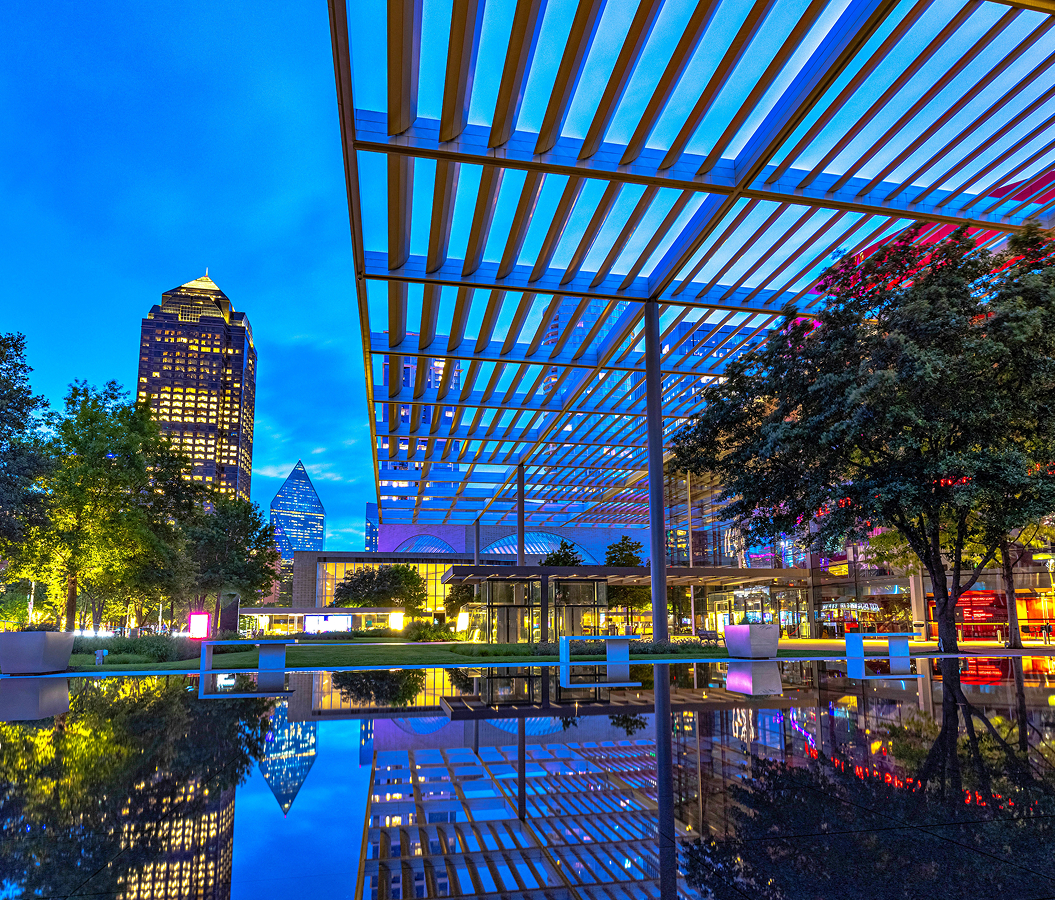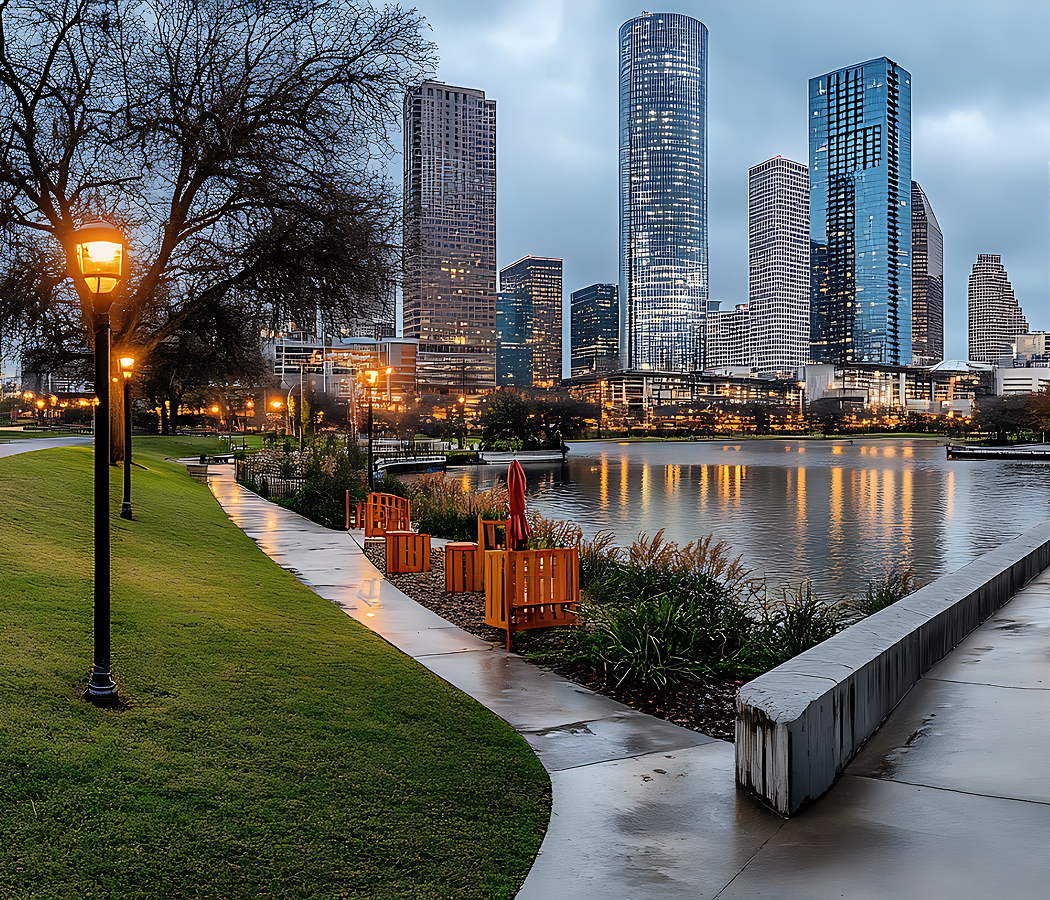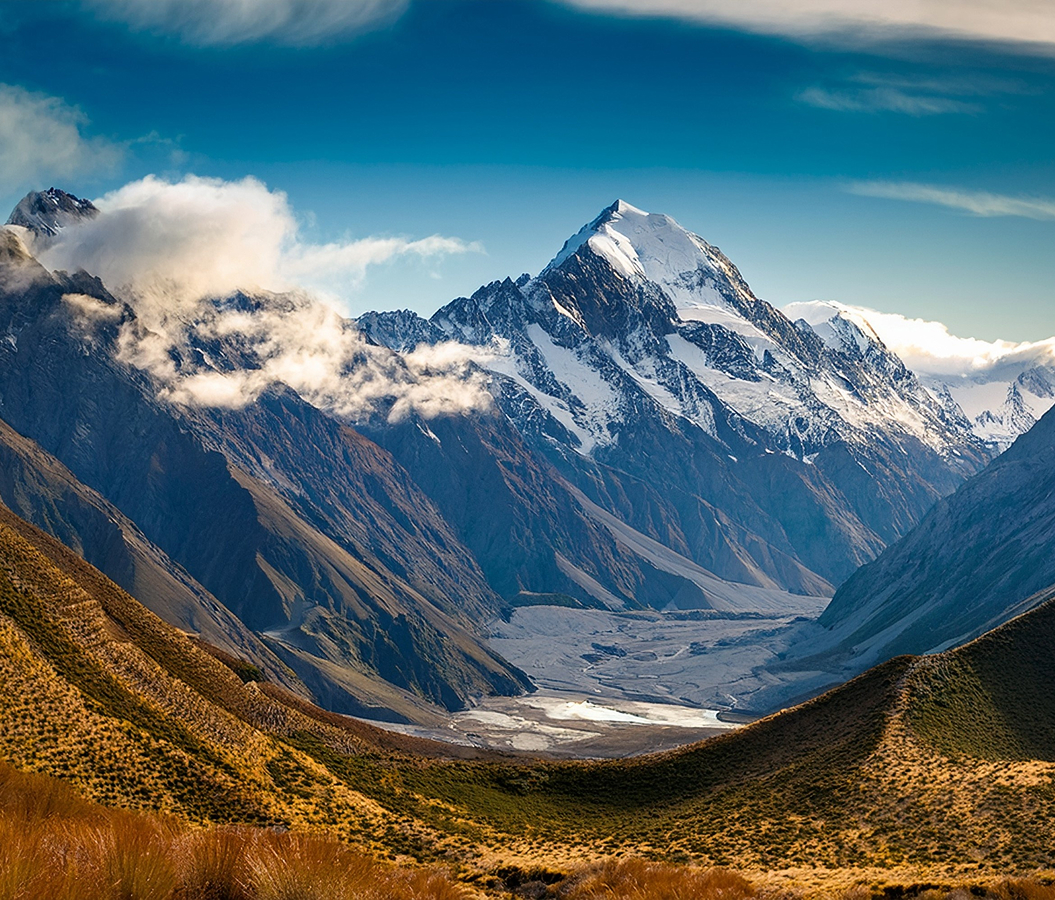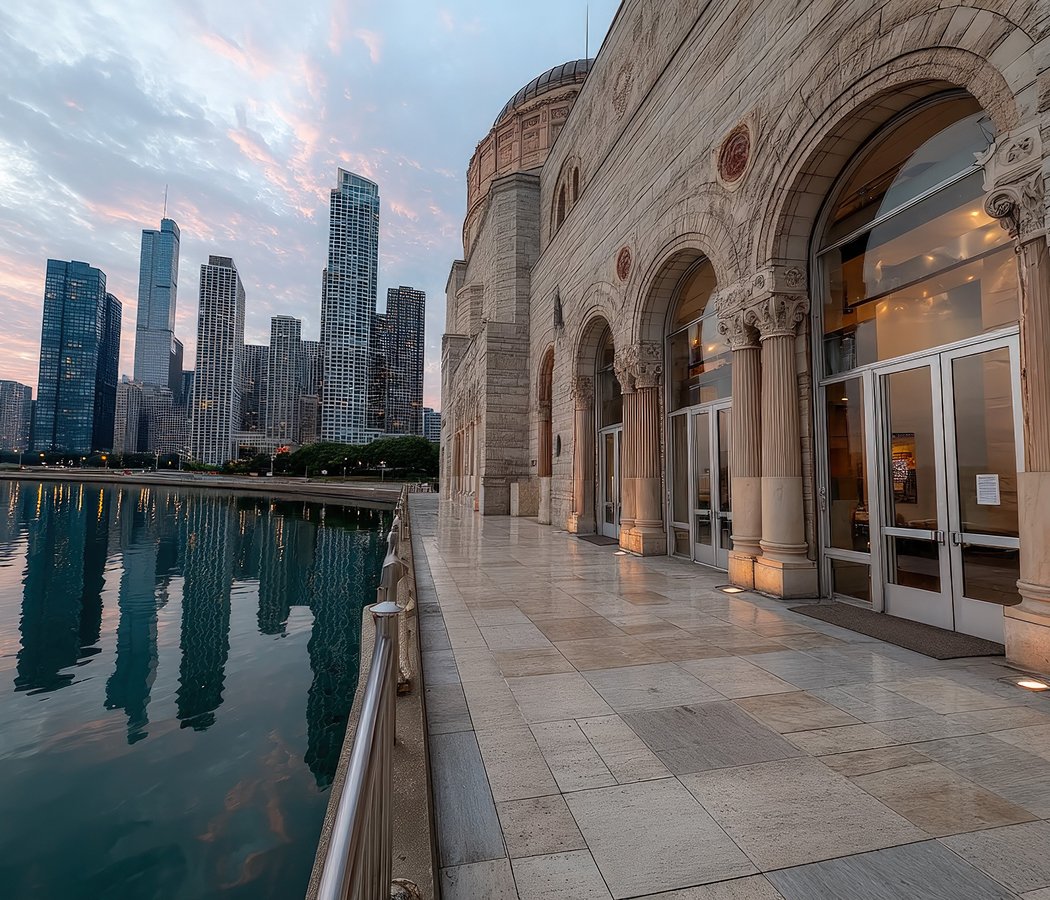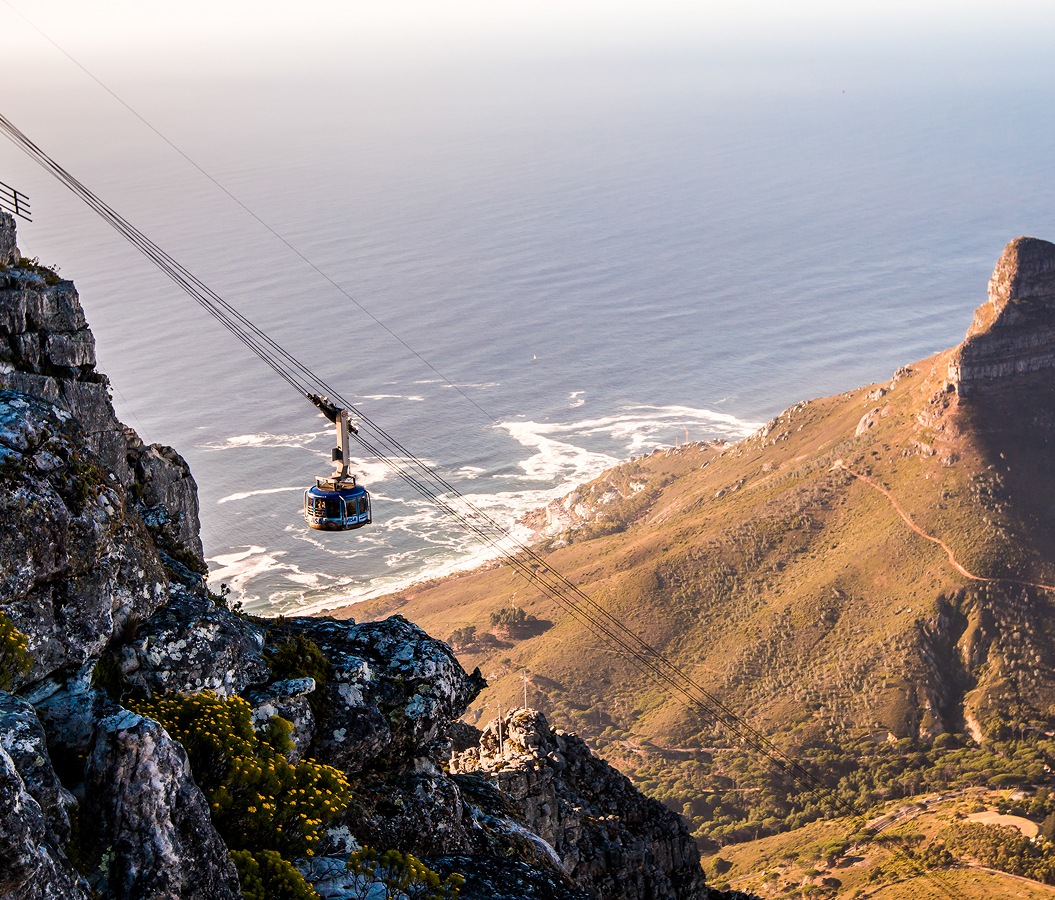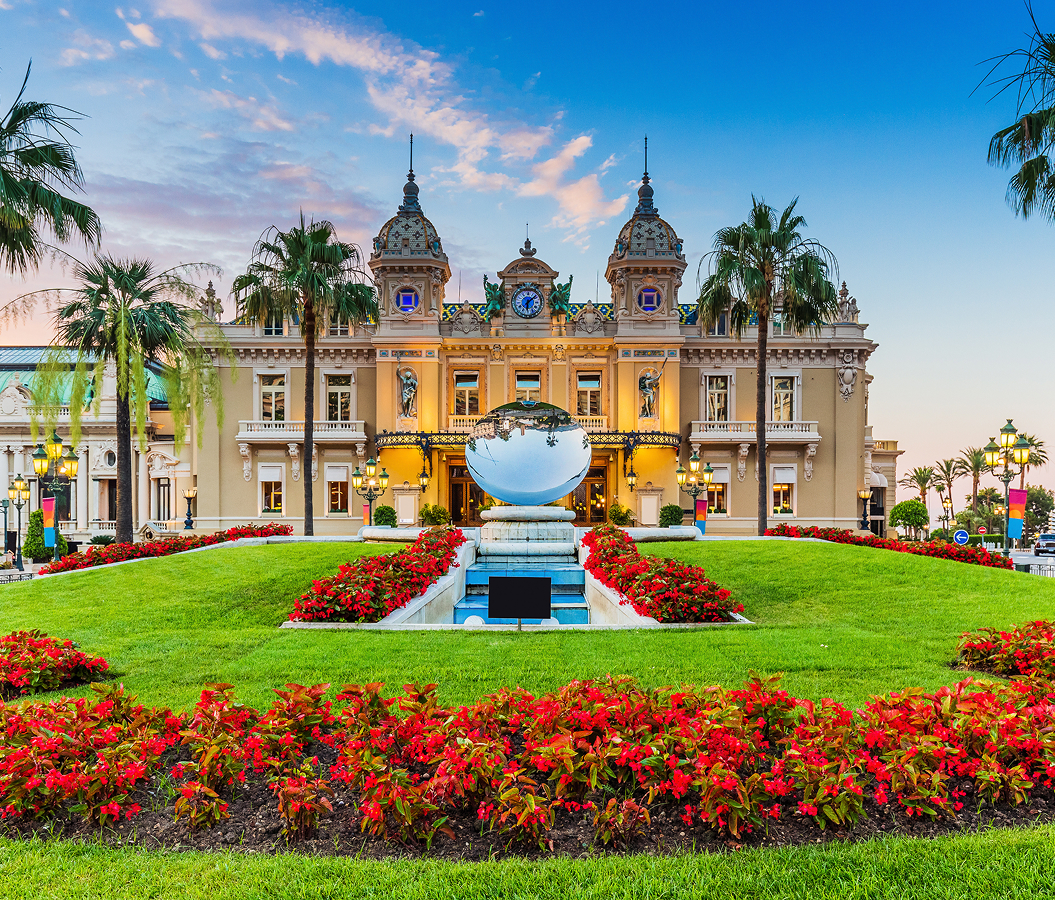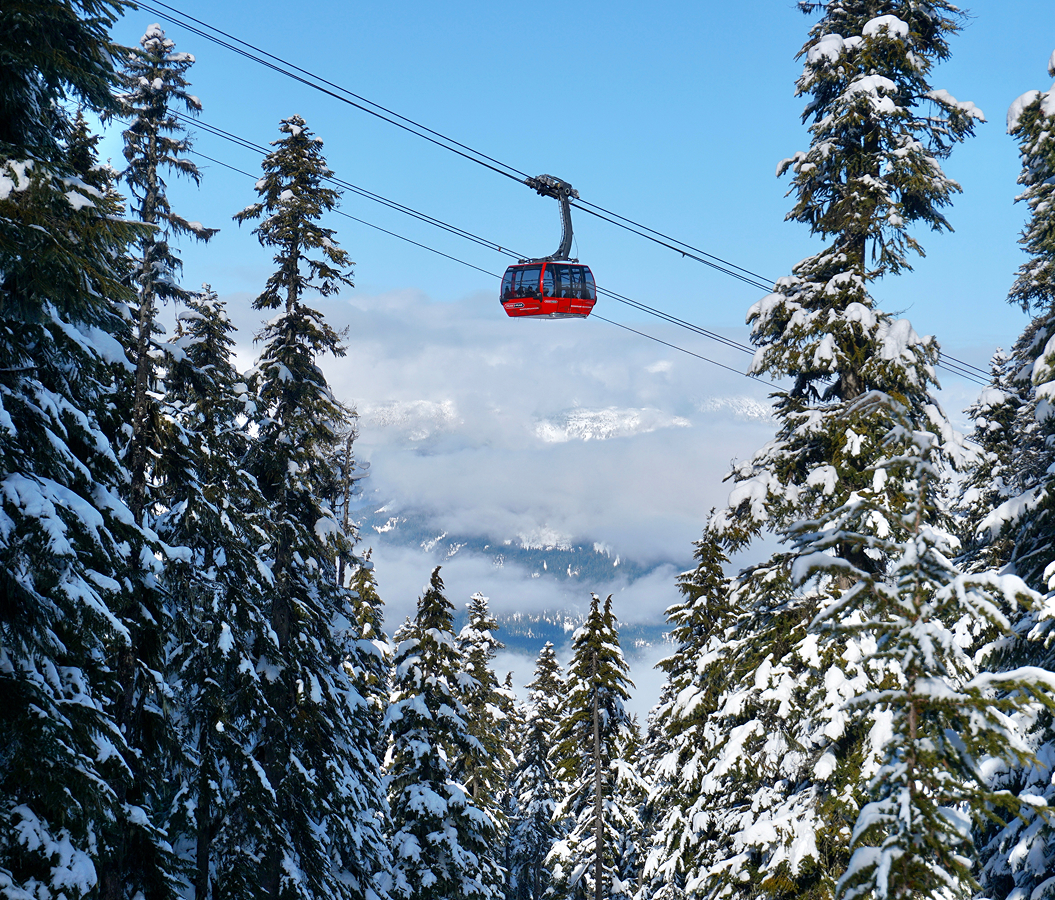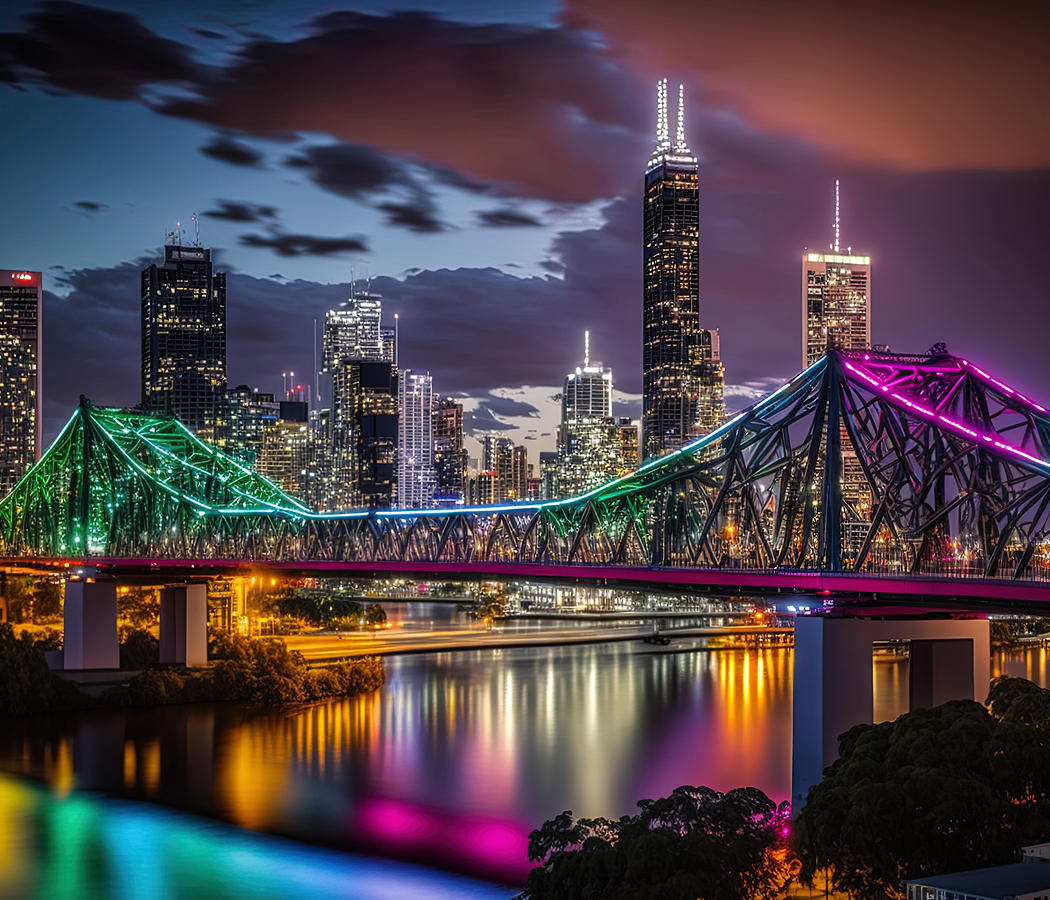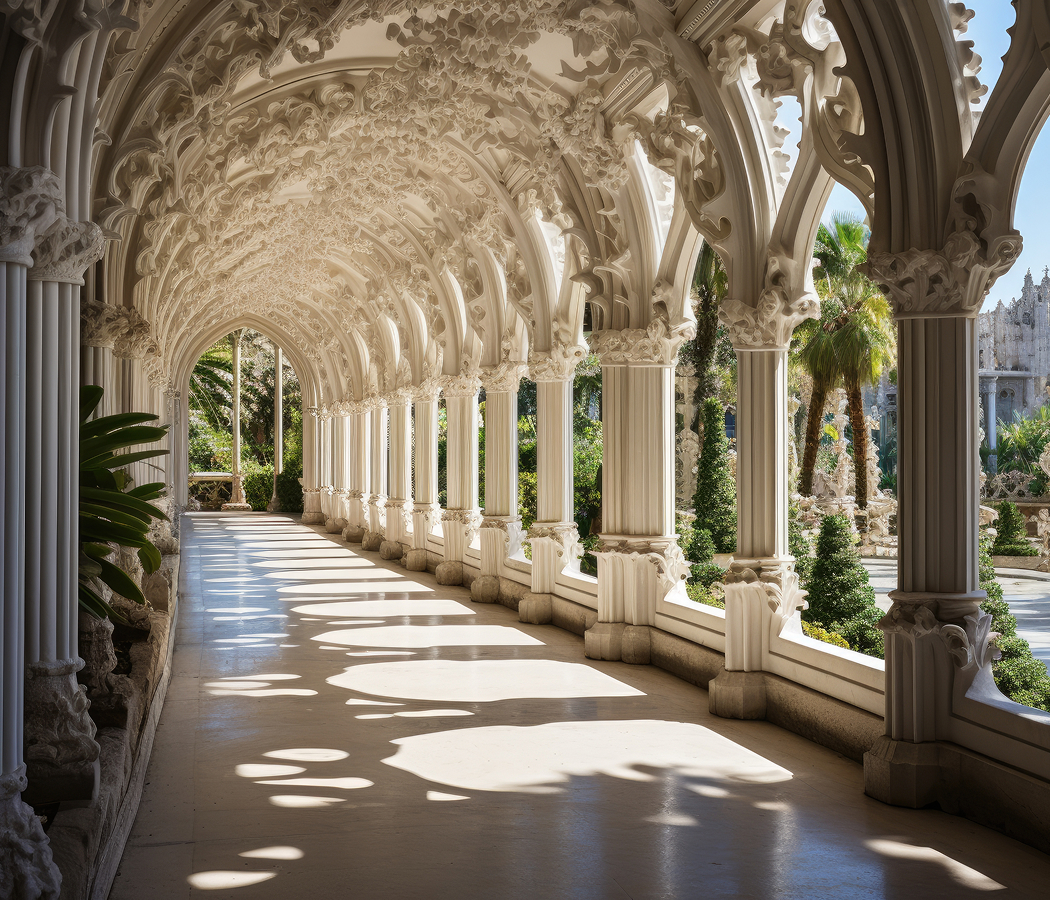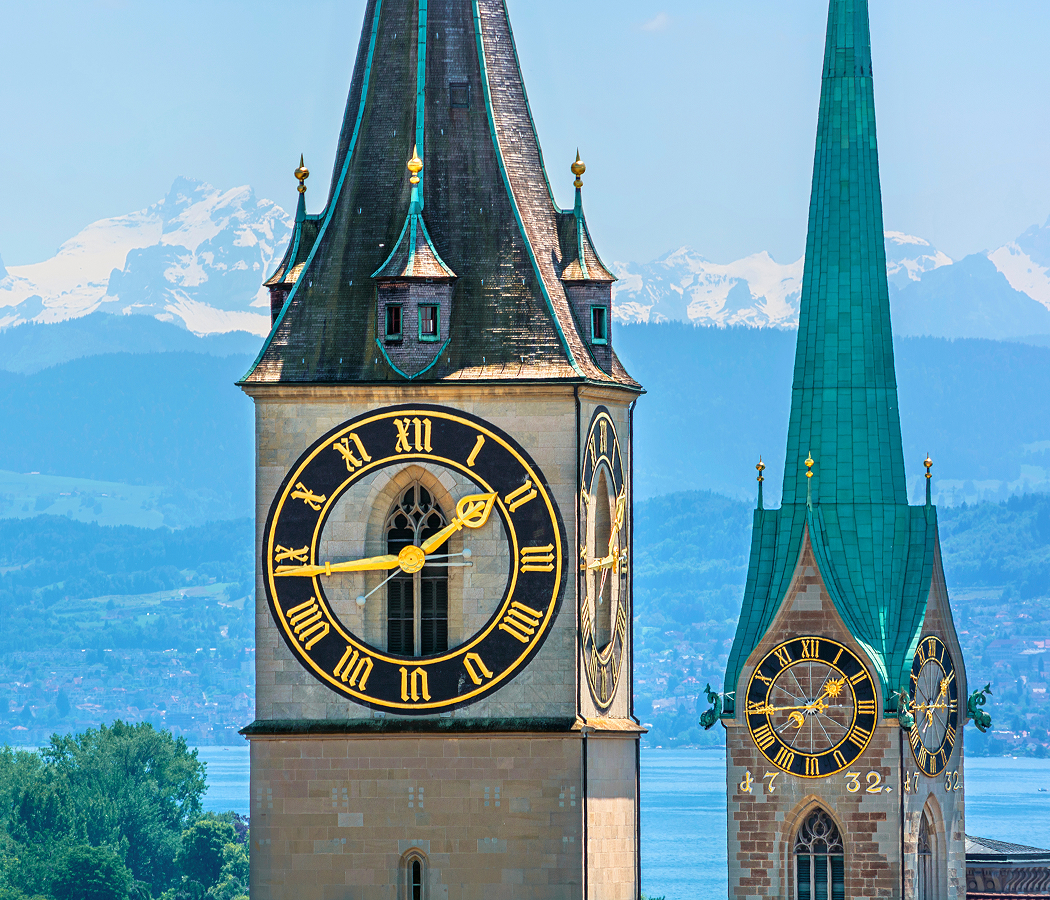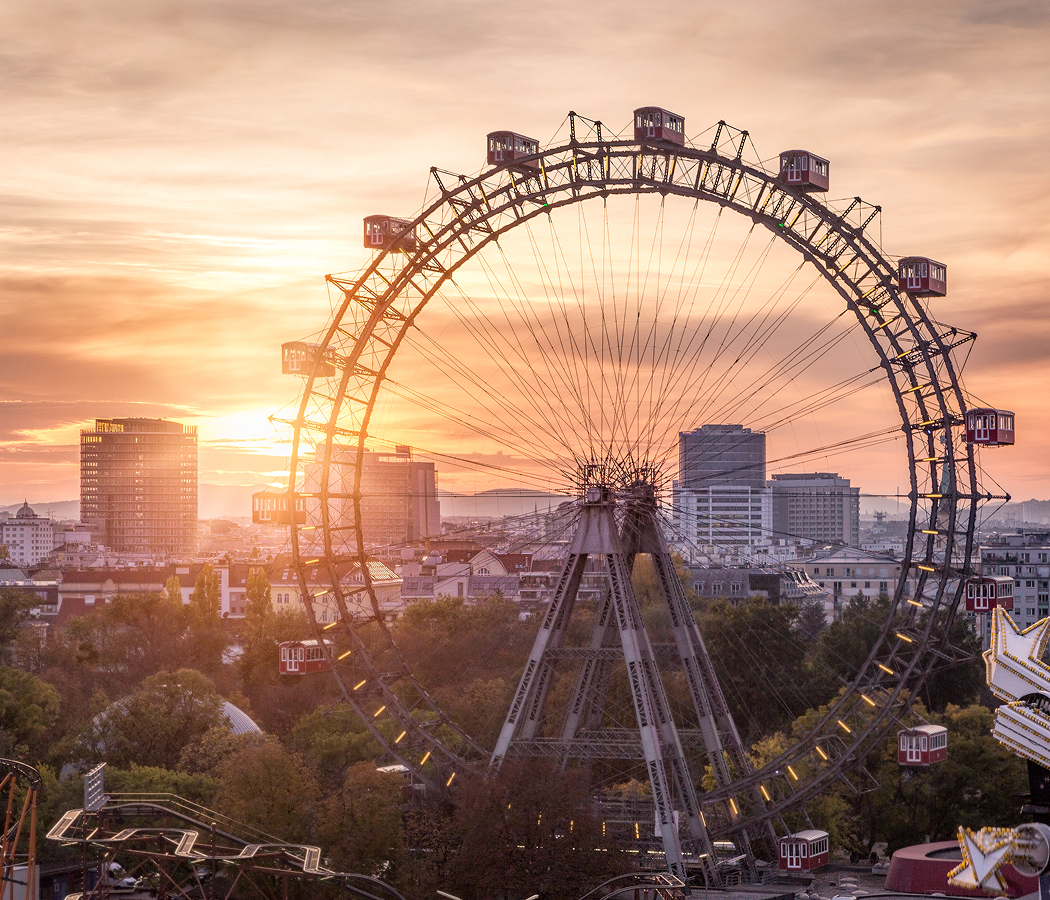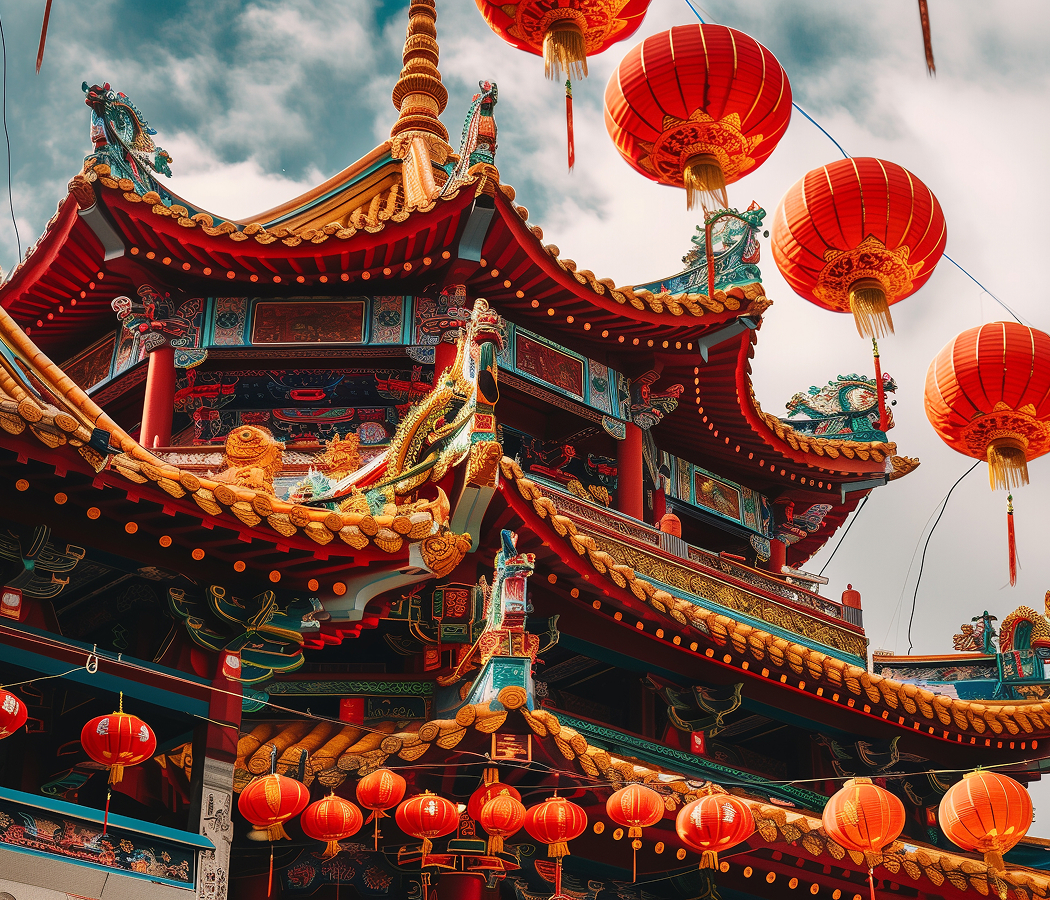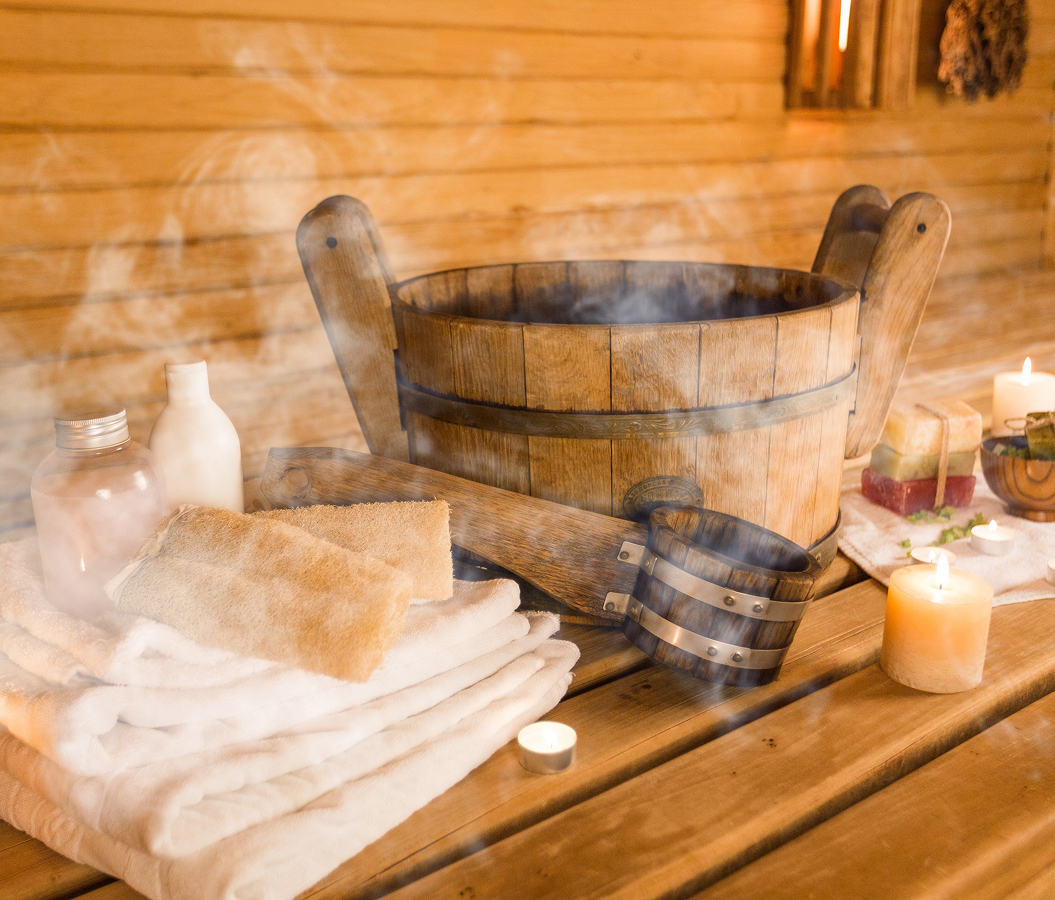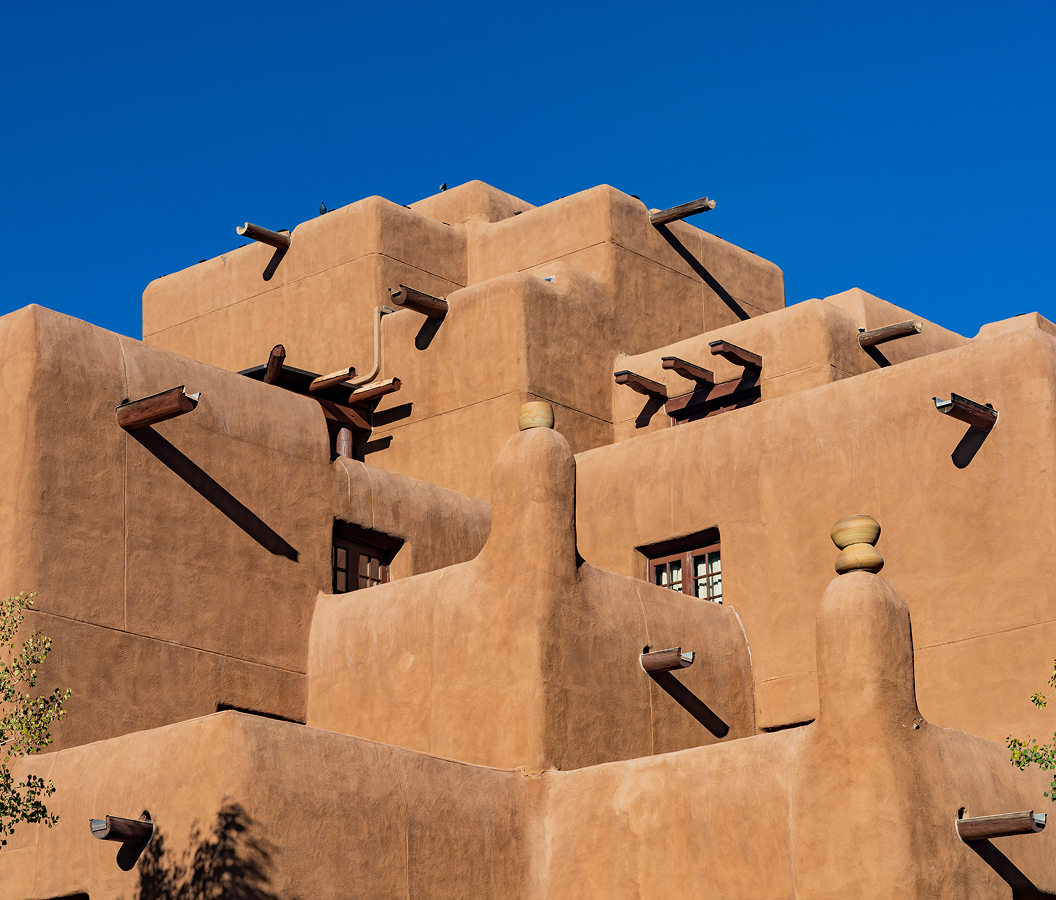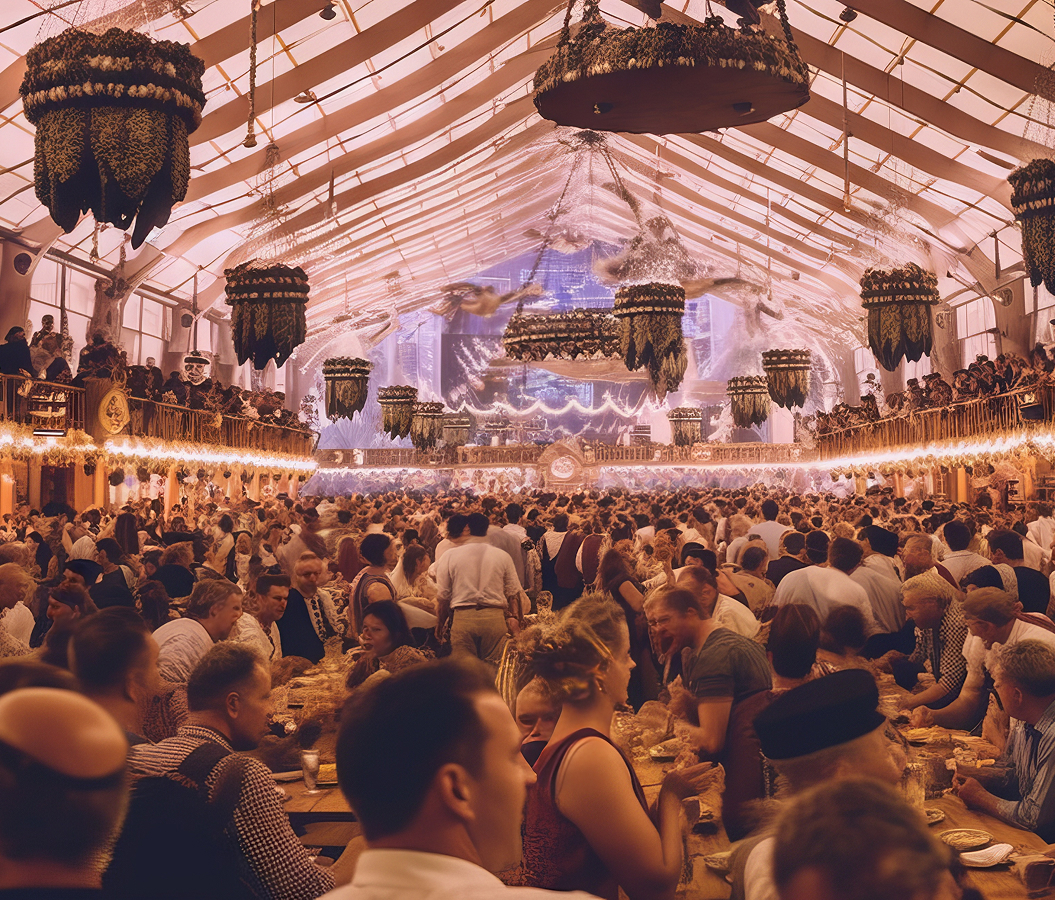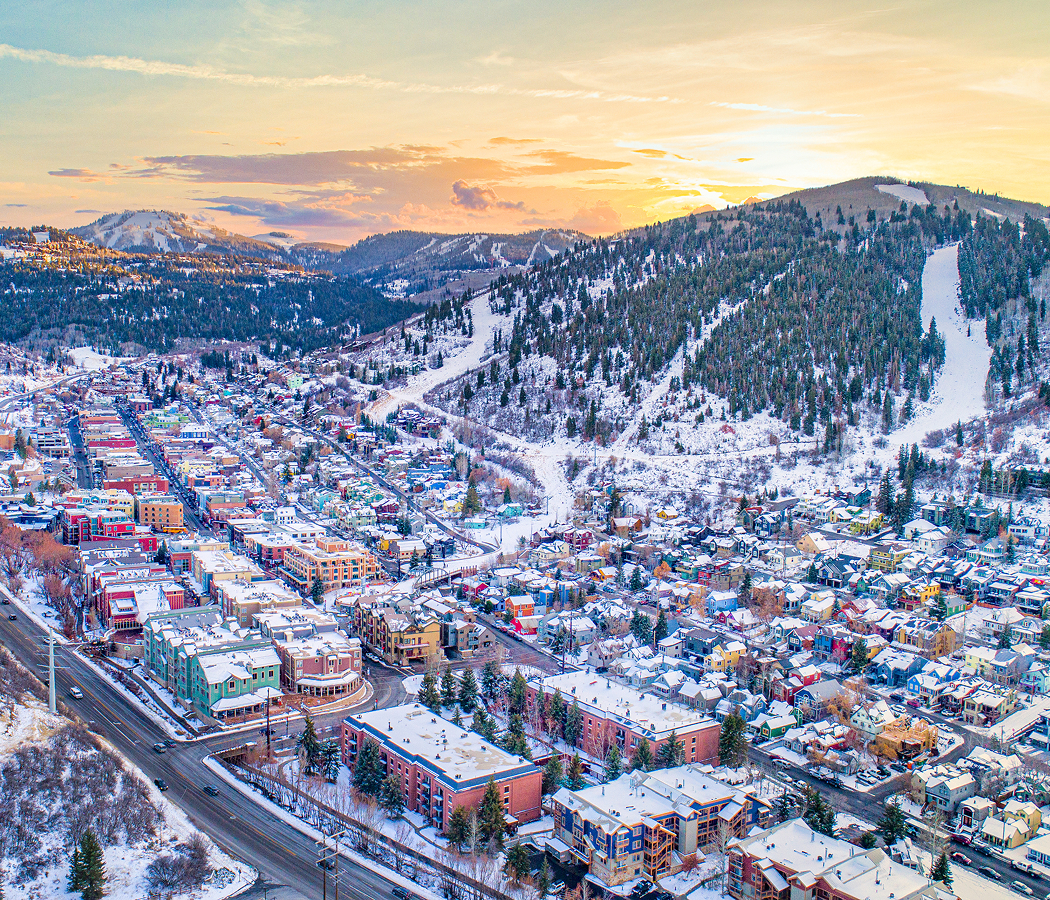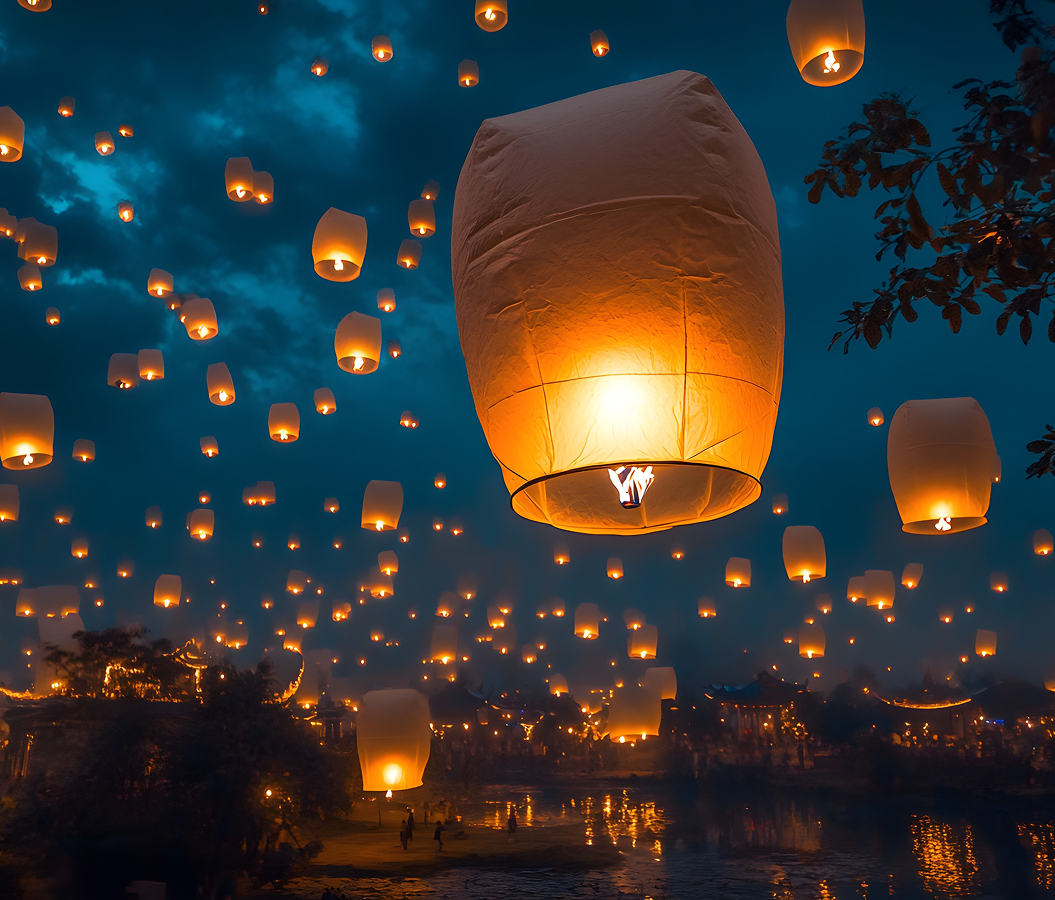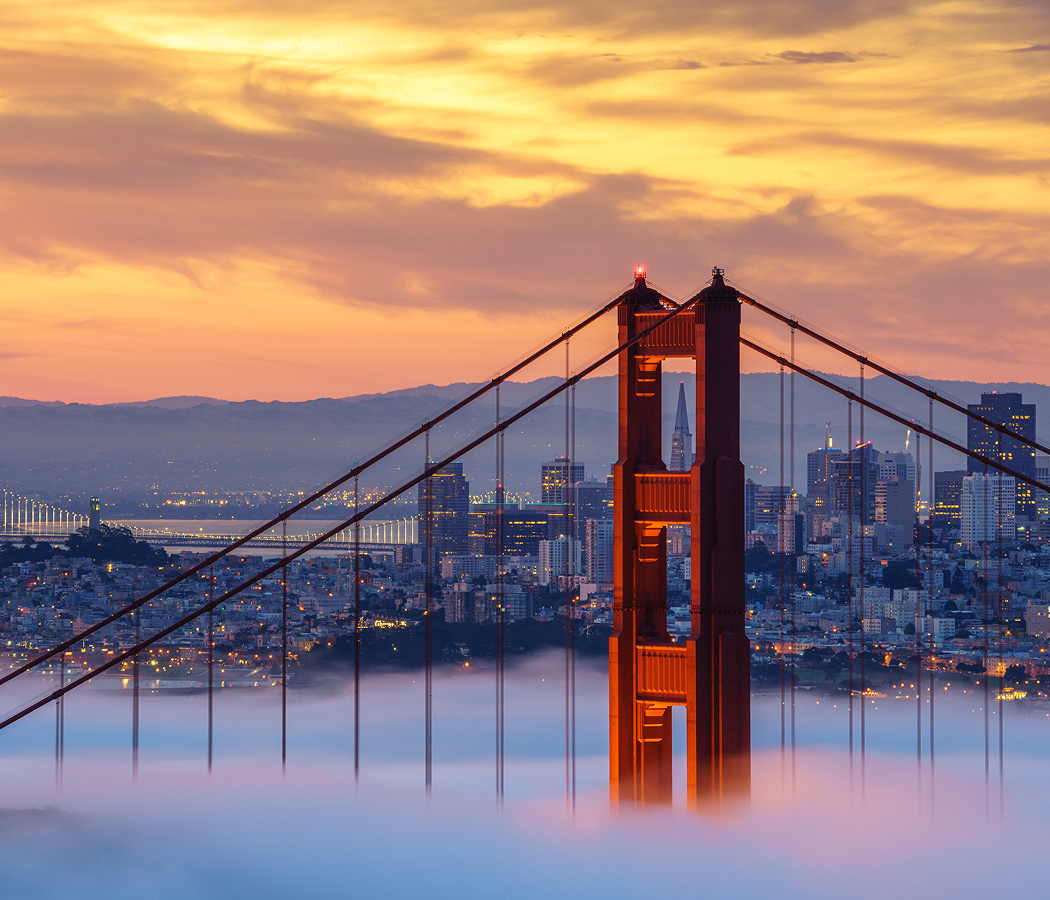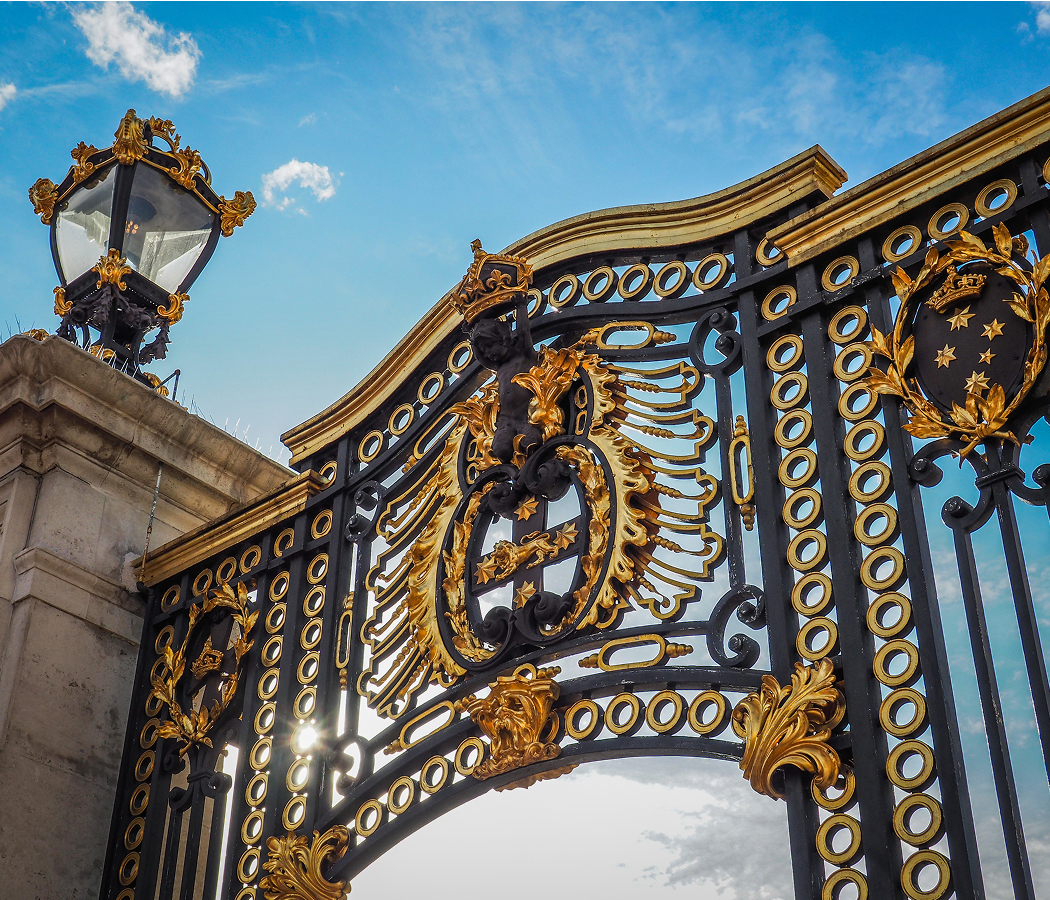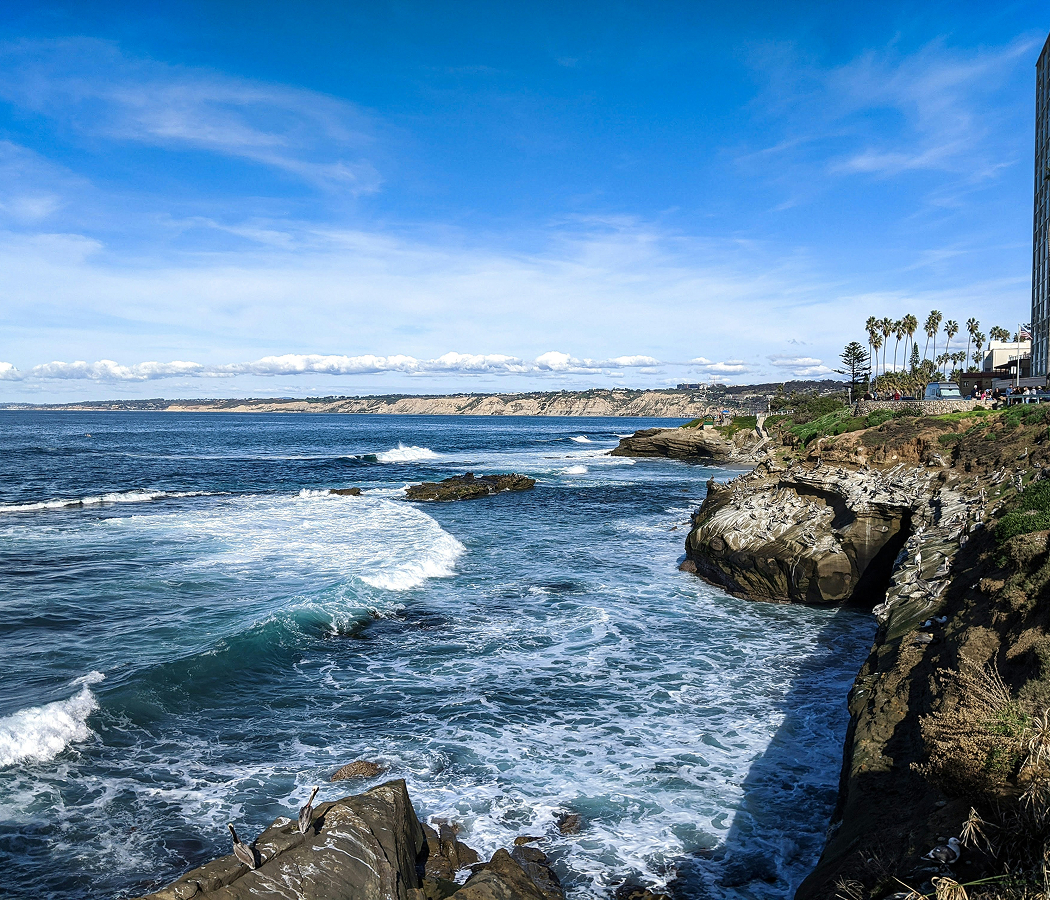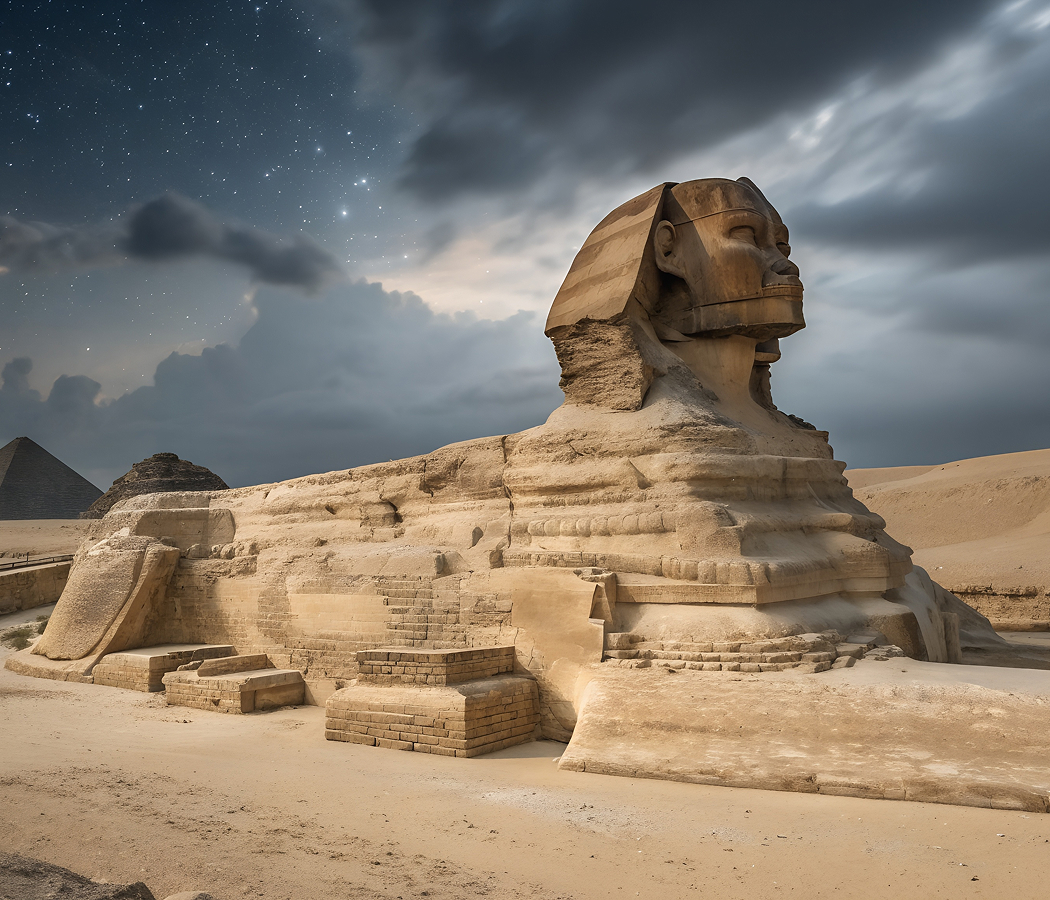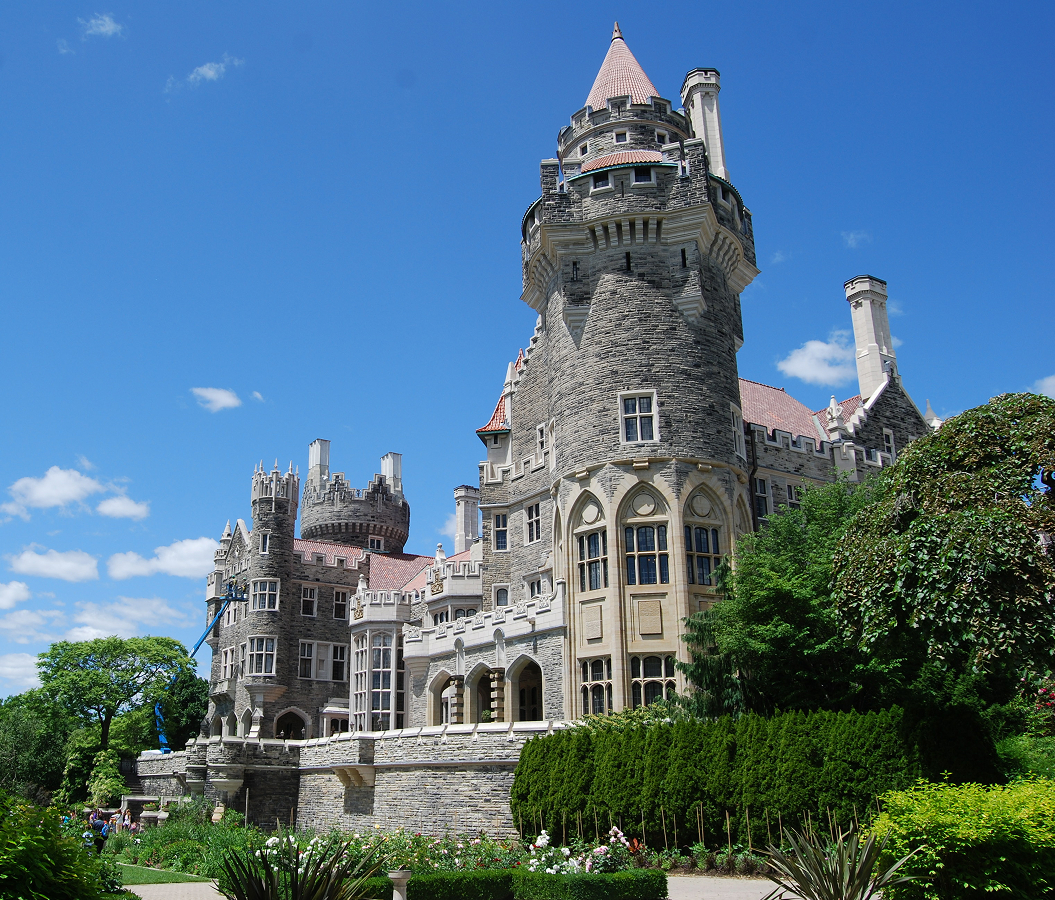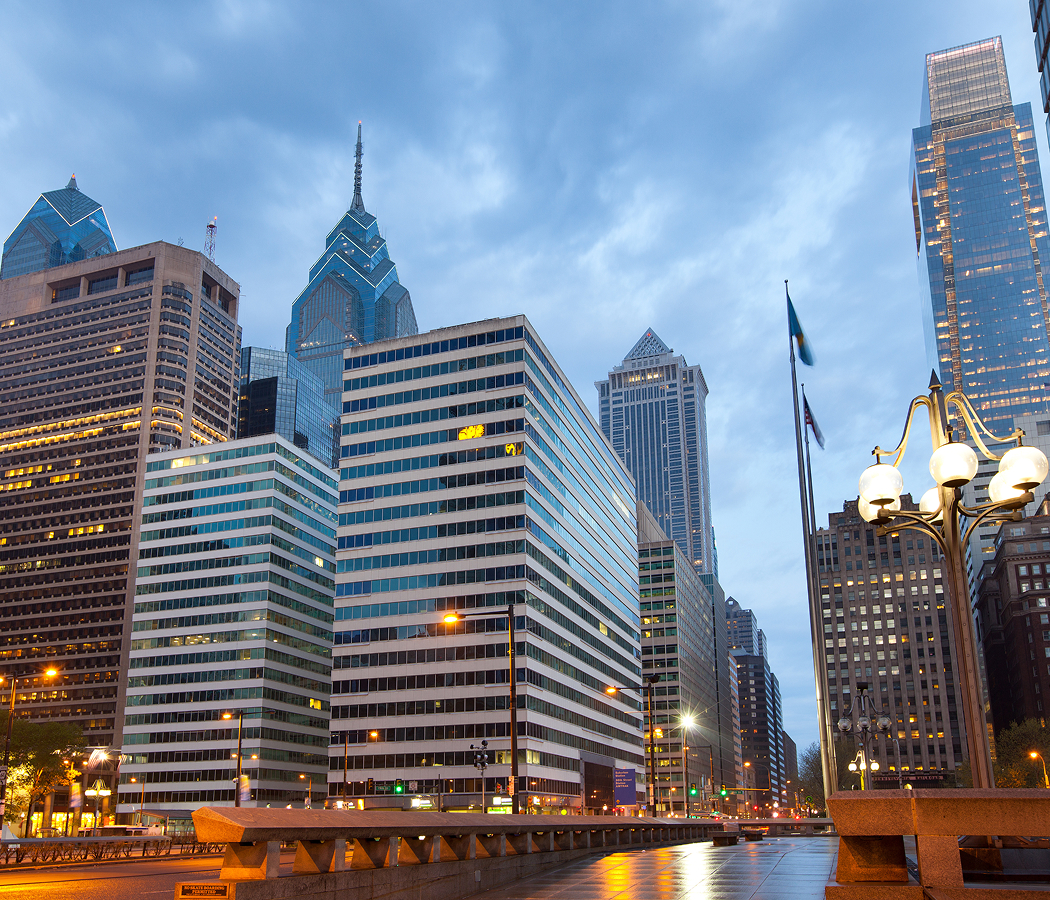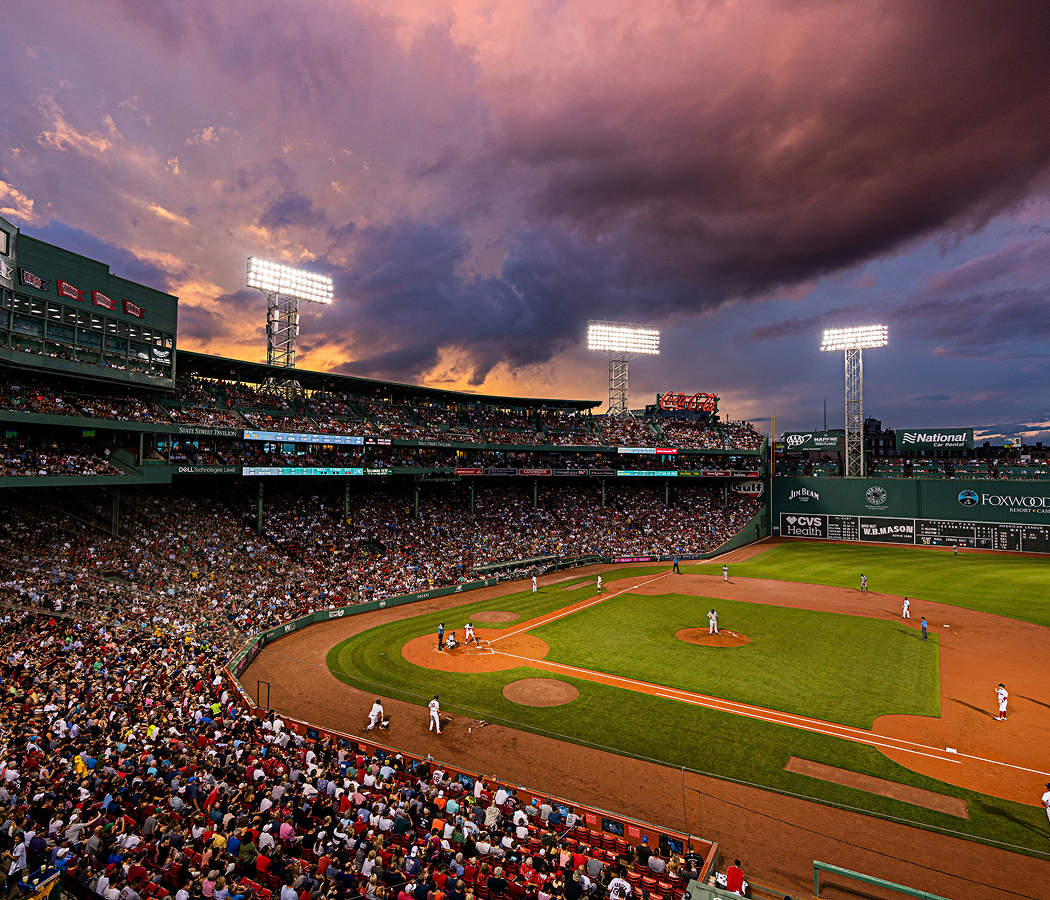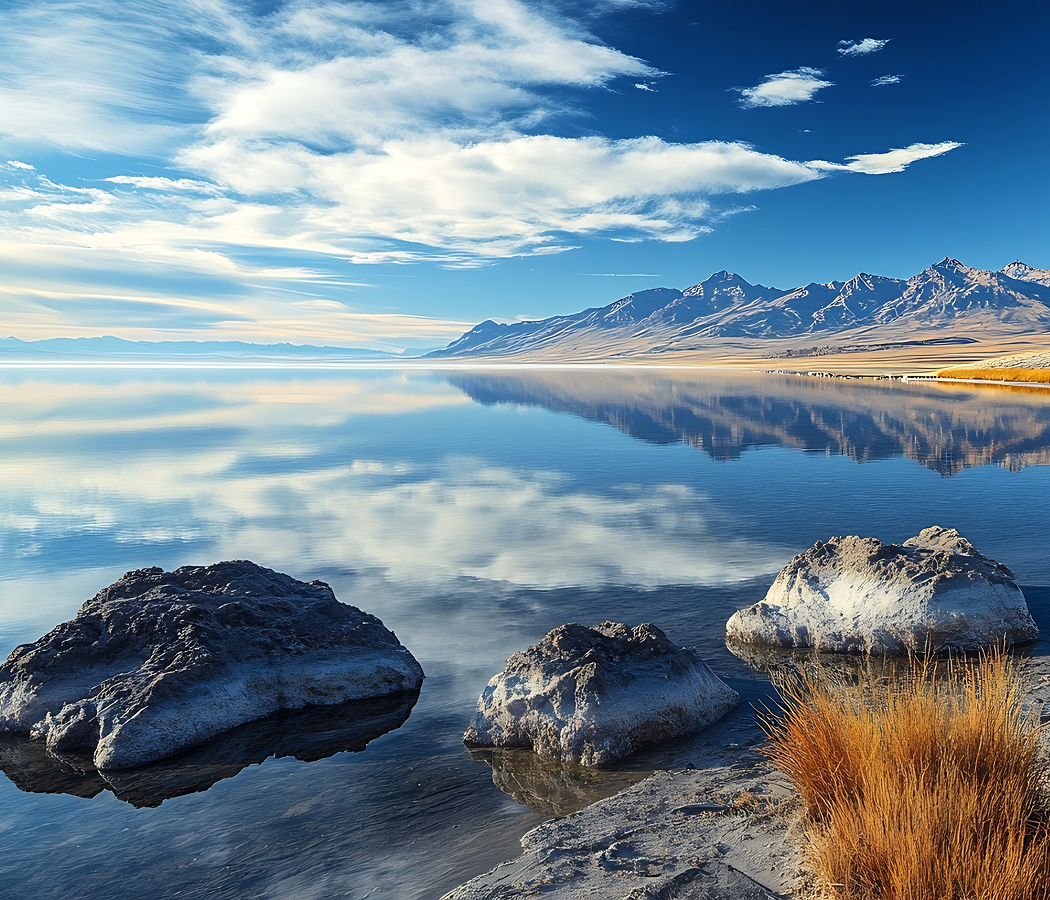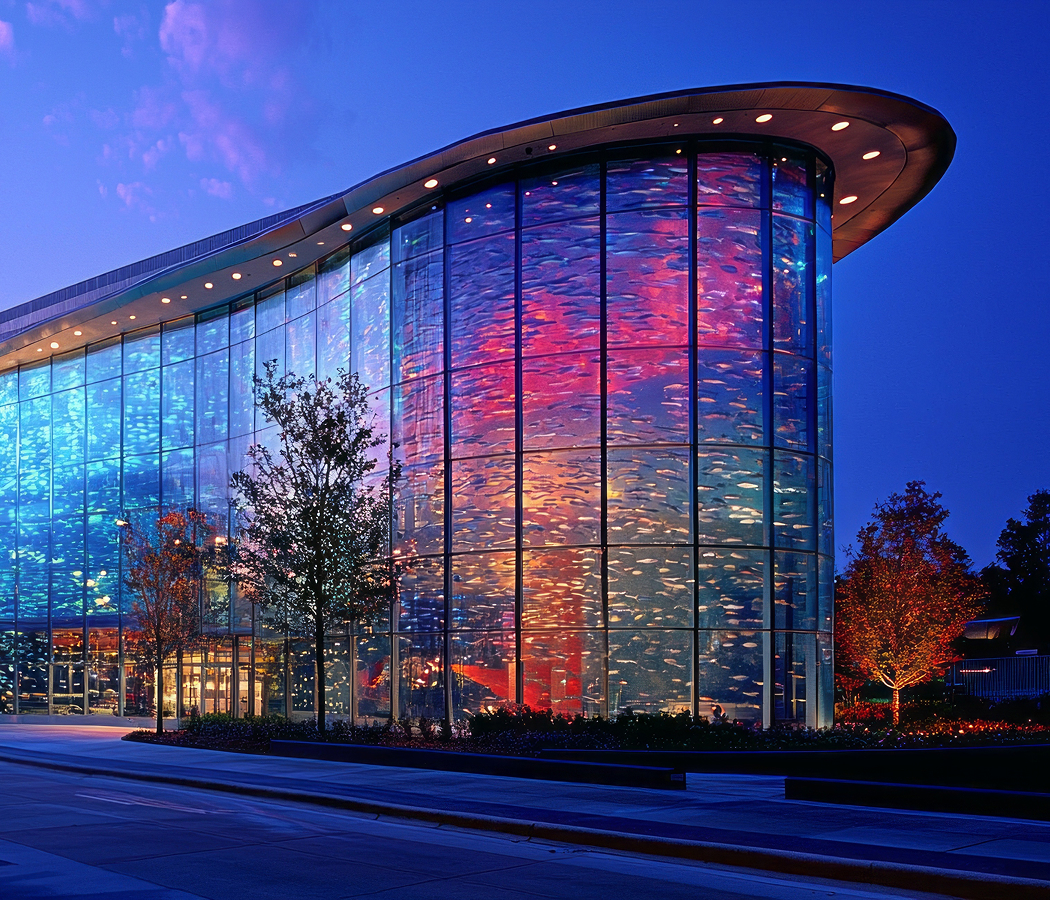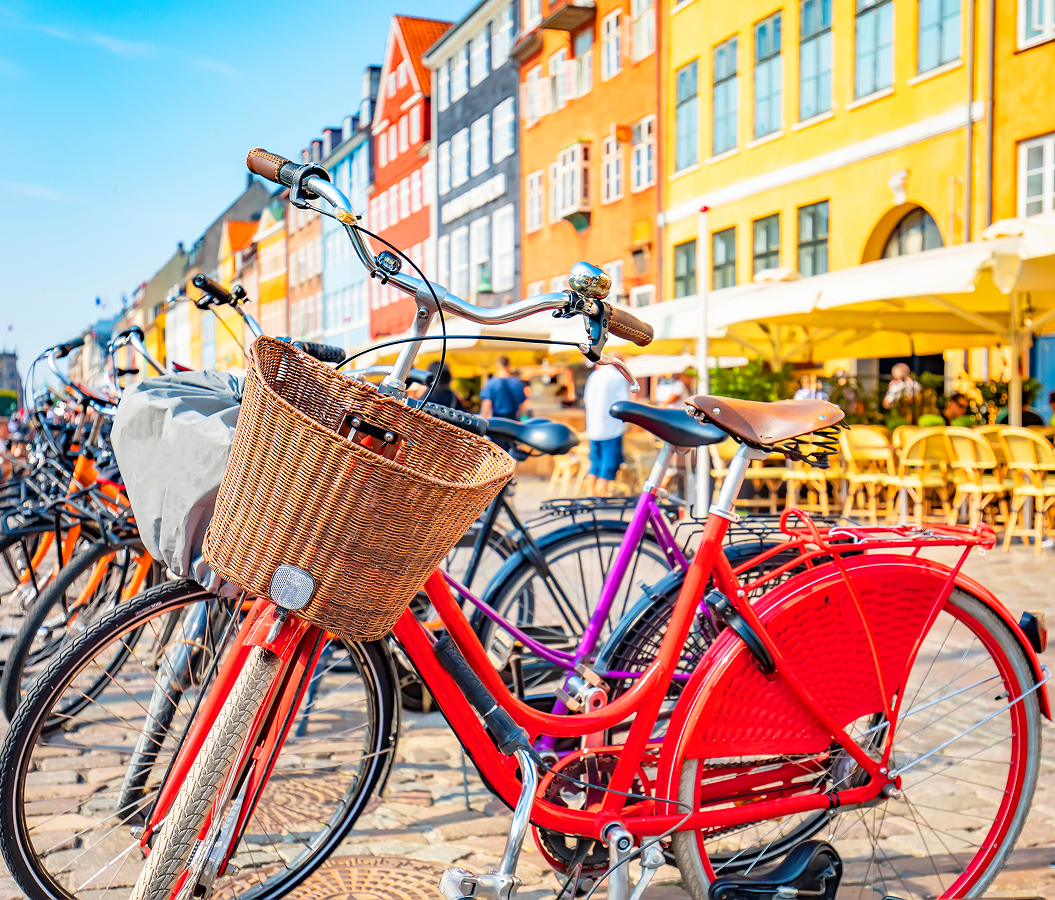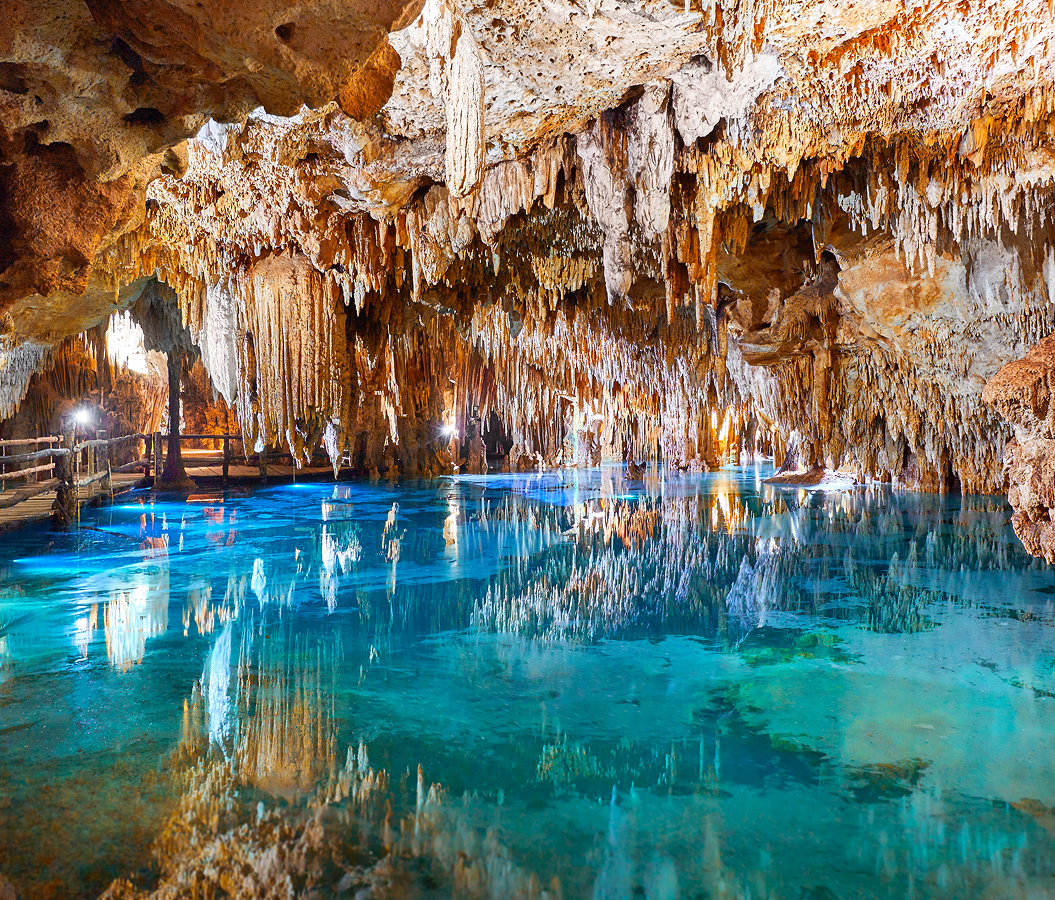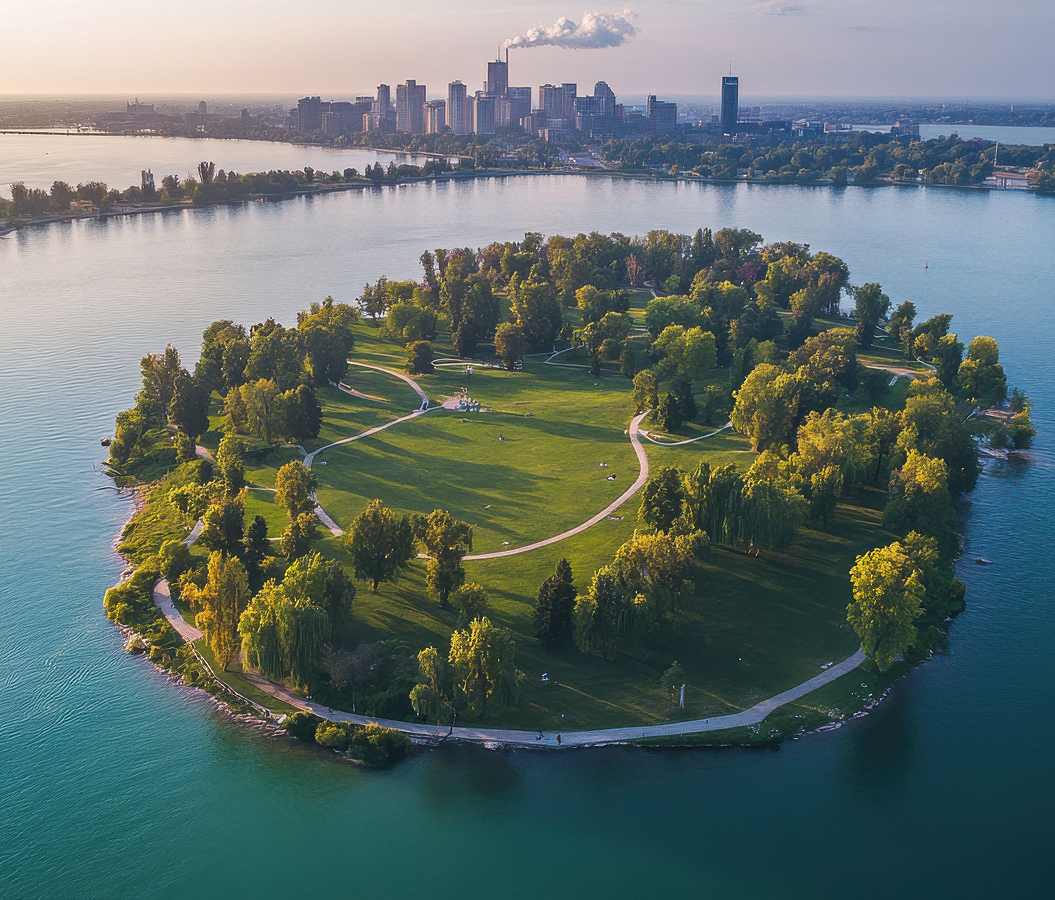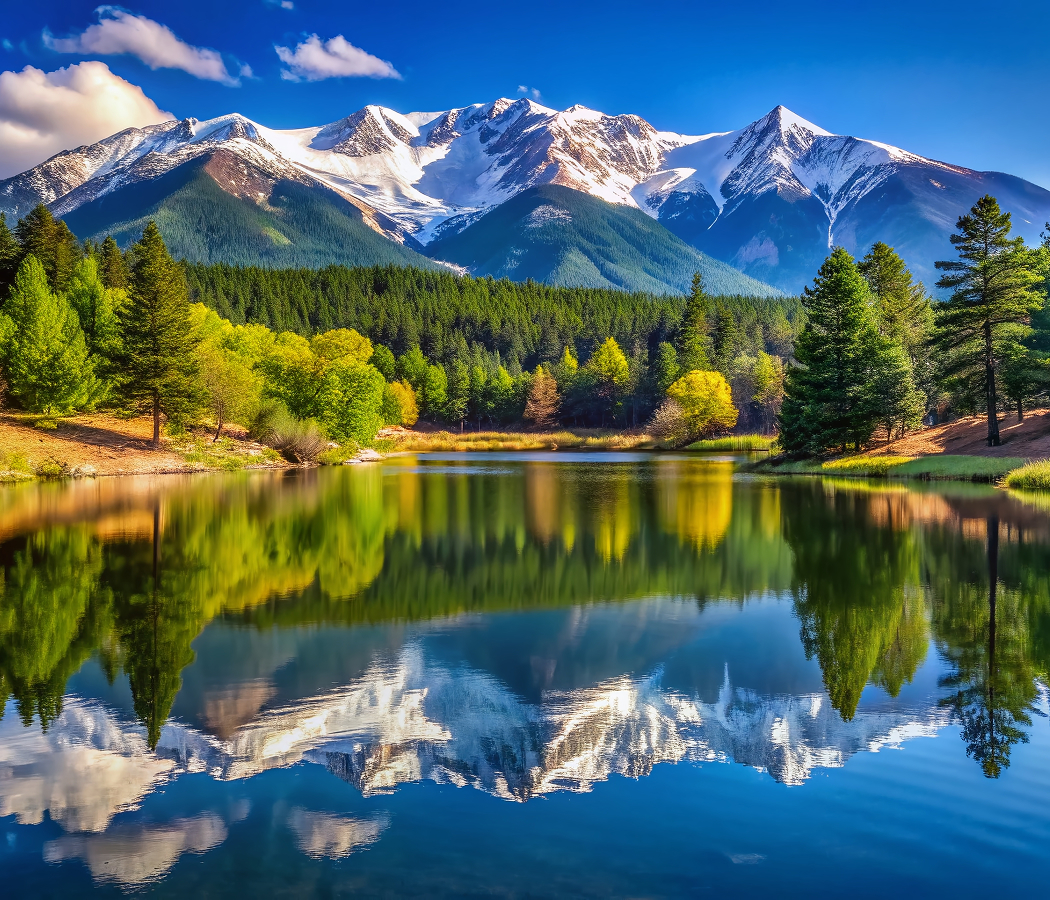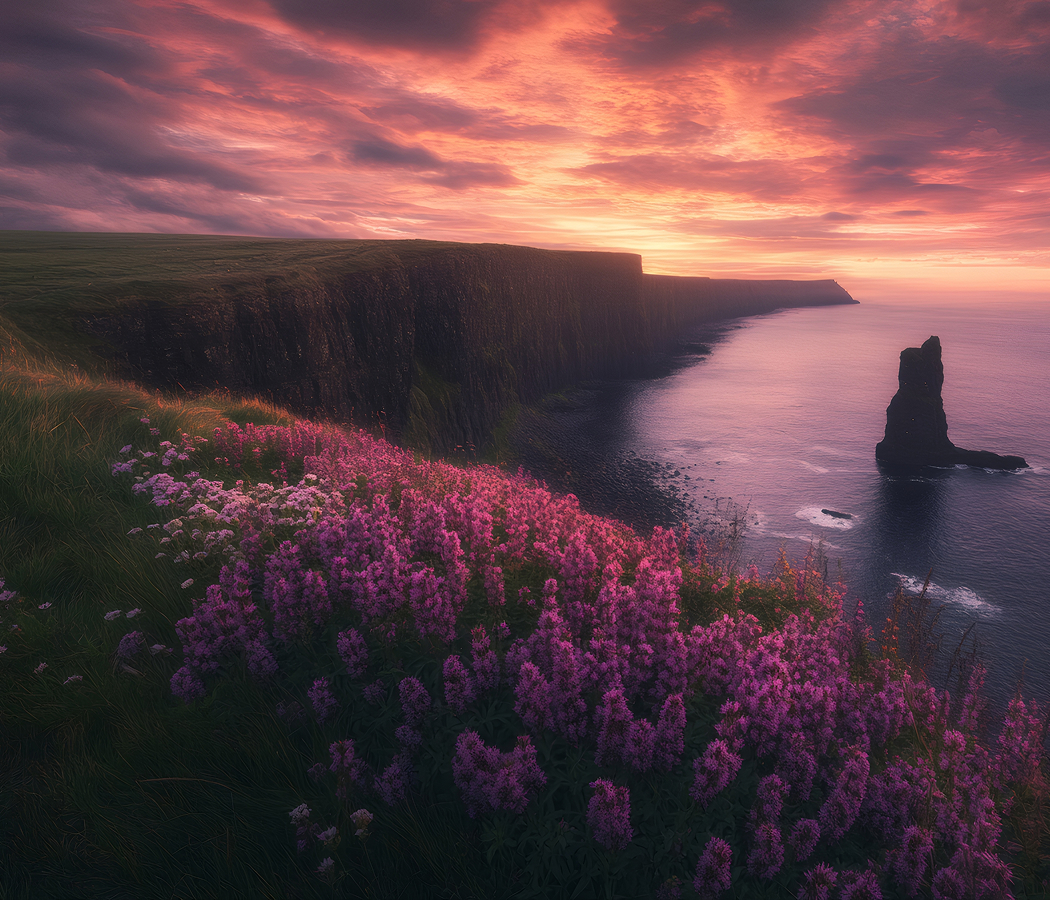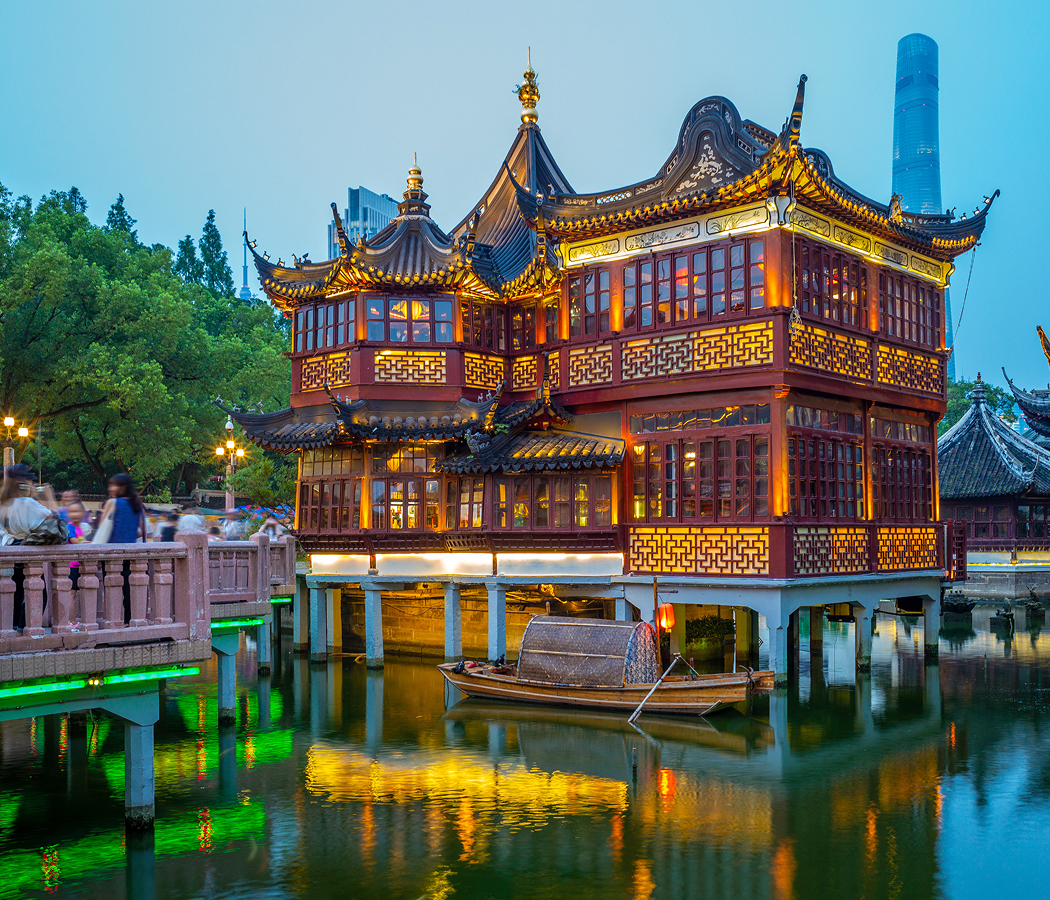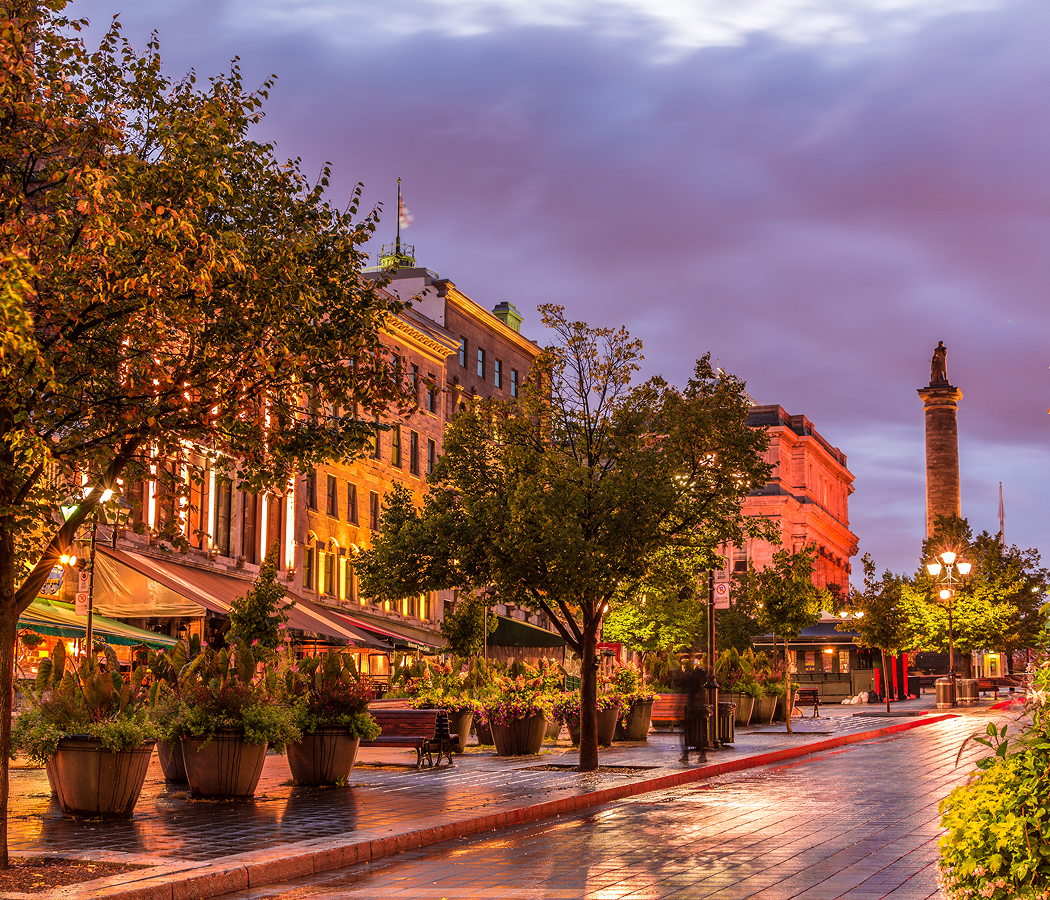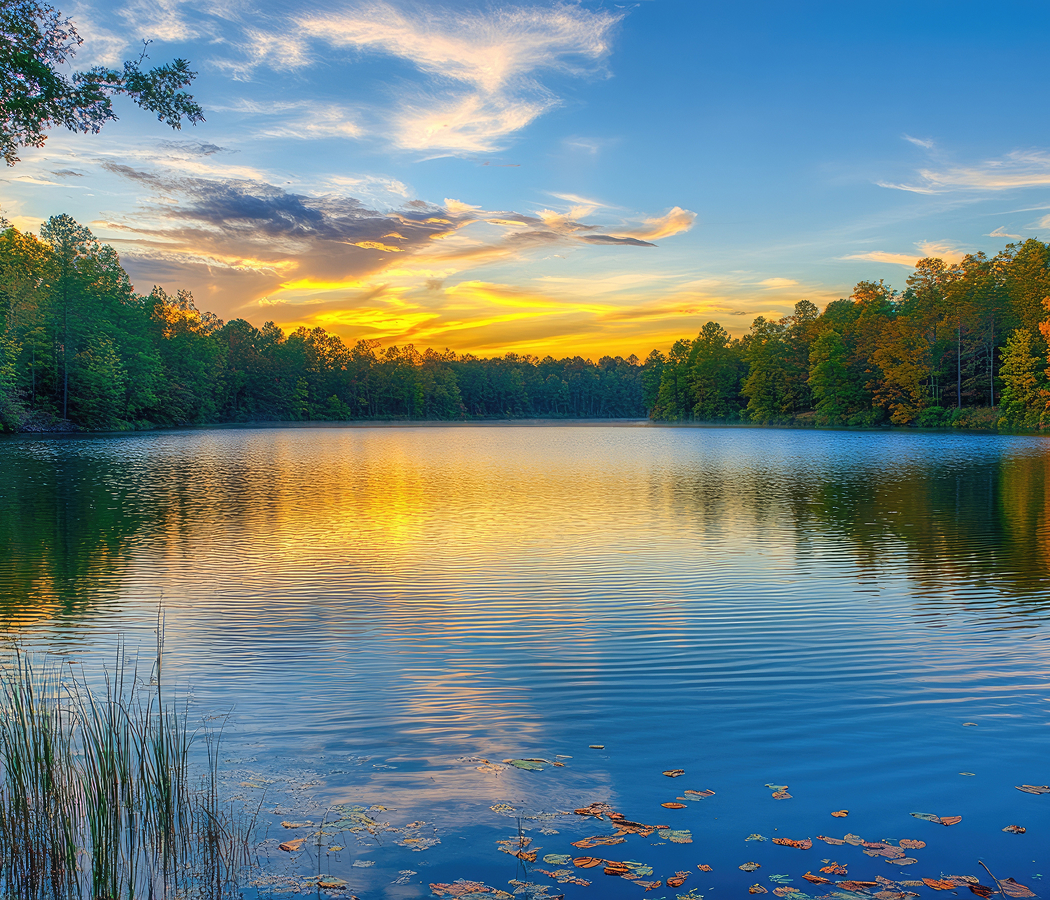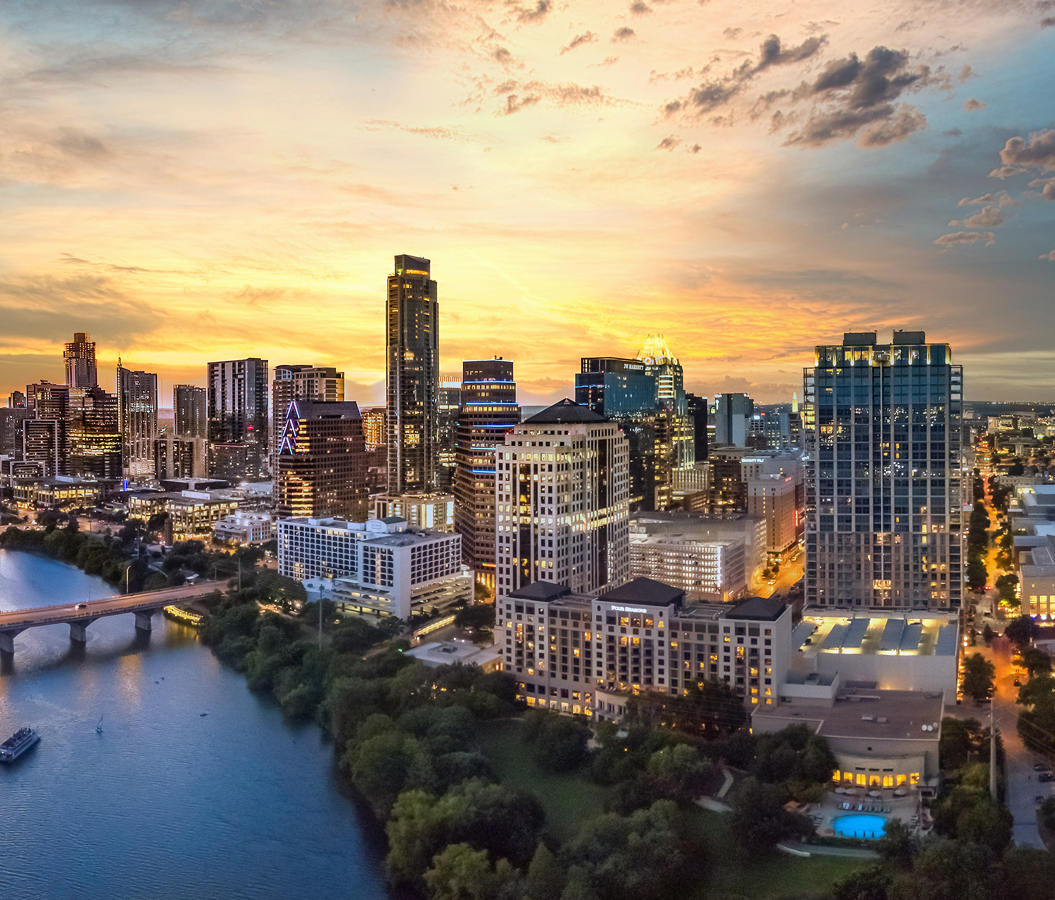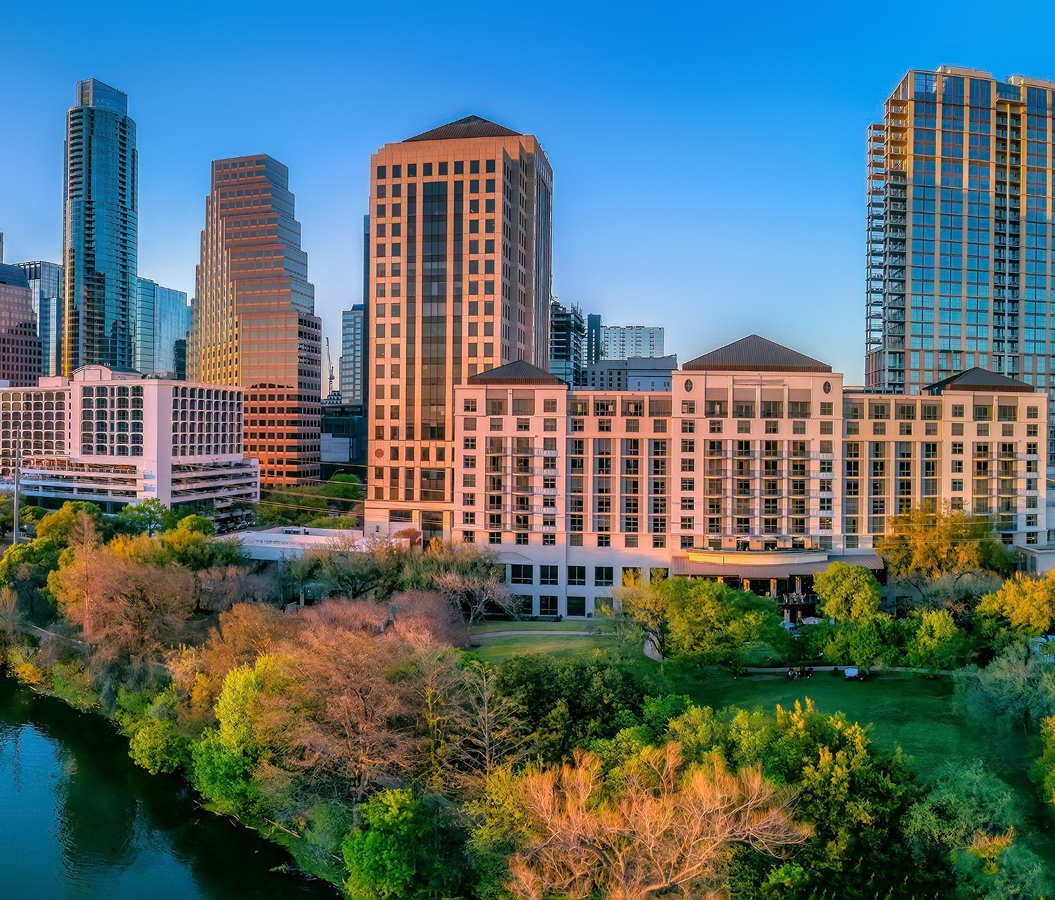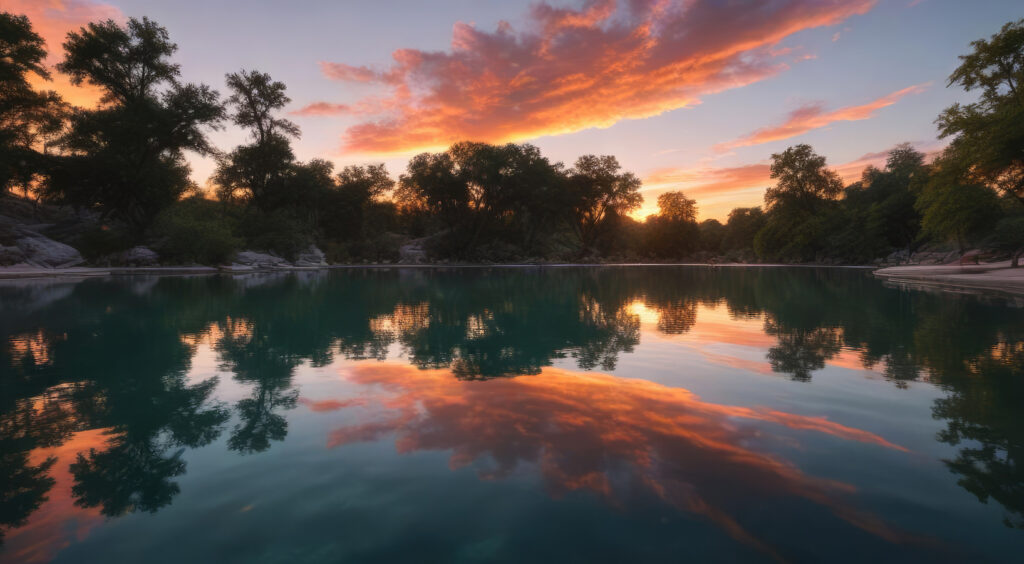
What you didn’t know about Austin, Texas.
Austin sits inside one of the most fascinating ecological and geological crossroads in the United States, where prairie meets canyon, where limestone meets river, and where urban vibrancy grows right into wild, biodiverse terrain.
The city’s beloved Lady Bird Lake is actually a section of the Colorado River, dammed decades ago to provide both recreation and flood control, and its calm, glassy water has since become the beating heart of the city. Much of Austin rests on ancient Edwards limestone, making the region rich with springs, underwater caves, and clear waterways fed from one of the most important aquifers in Texas. Barton Springs itself stays at a near-perfect 68°F year-round thanks to these natural underground flows. The Hill Country just west of town is home to rare wildlife, sprawling oak and cedar forests, and some of the most unique wildflower blooms in North America, including fields of bluebonnets that peak each spring. Austin’s cultural identity is equally layered: a blend of Texan heritage, creative subcultures, tech-driven innovation, and a live-music lineage that traces its roots through blues, country, indie rock, and everything in between. Beneath the easygoing vibe, there’s incredible depth, nature, history, and culture intertwining in ways most visitors never notice.
Five fascinations about Austin.
5. Austin is home to the largest urban bat colony in North America.
Each summer evening, around 1.5 million Mexican free-tailed bats emerge from under the Congress Avenue Bridge, drawing crowds to watch the surreal spectacle.
4. It’s a UNESCO City of Media Arts.
Recognized for its innovative spirit and creative tech scene, Austin holds a rare global designation alongside cities like Lyon and Sapporo.
3. The Texas State Capitol is taller than the U.S. Capitol.
Built from sunset-red granite, the Austin landmark stands 14 feet higher than its D.C. counterpart, and Texans are quite proud of it.
2. Whole Foods was born here.
The very first Whole Foods Market opened in downtown Austin in 1980. It was so loved, locals formed a human chain to save it from flooding damage in its first year.
1. Austin nearly became part of Germany.
In the 1840s, thousands of German immigrants settled here, and at one point there was even talk of creating a German-speaking republic in Texas, with Austin as its heart.
Where meaningful travel begins.
Start your journey with Foresyte, where the planning is part of the magic.
Discover the experiences that matter most.



